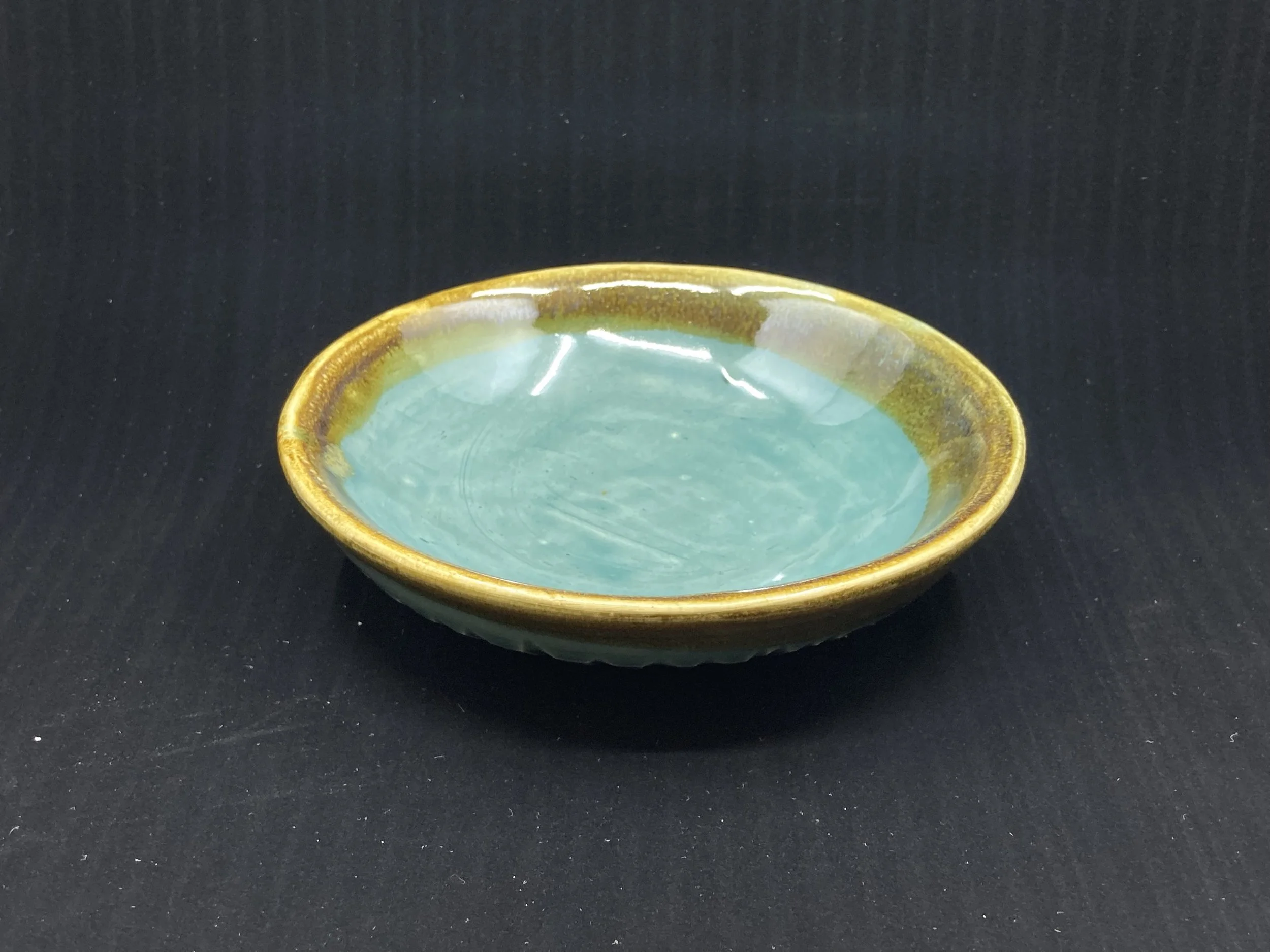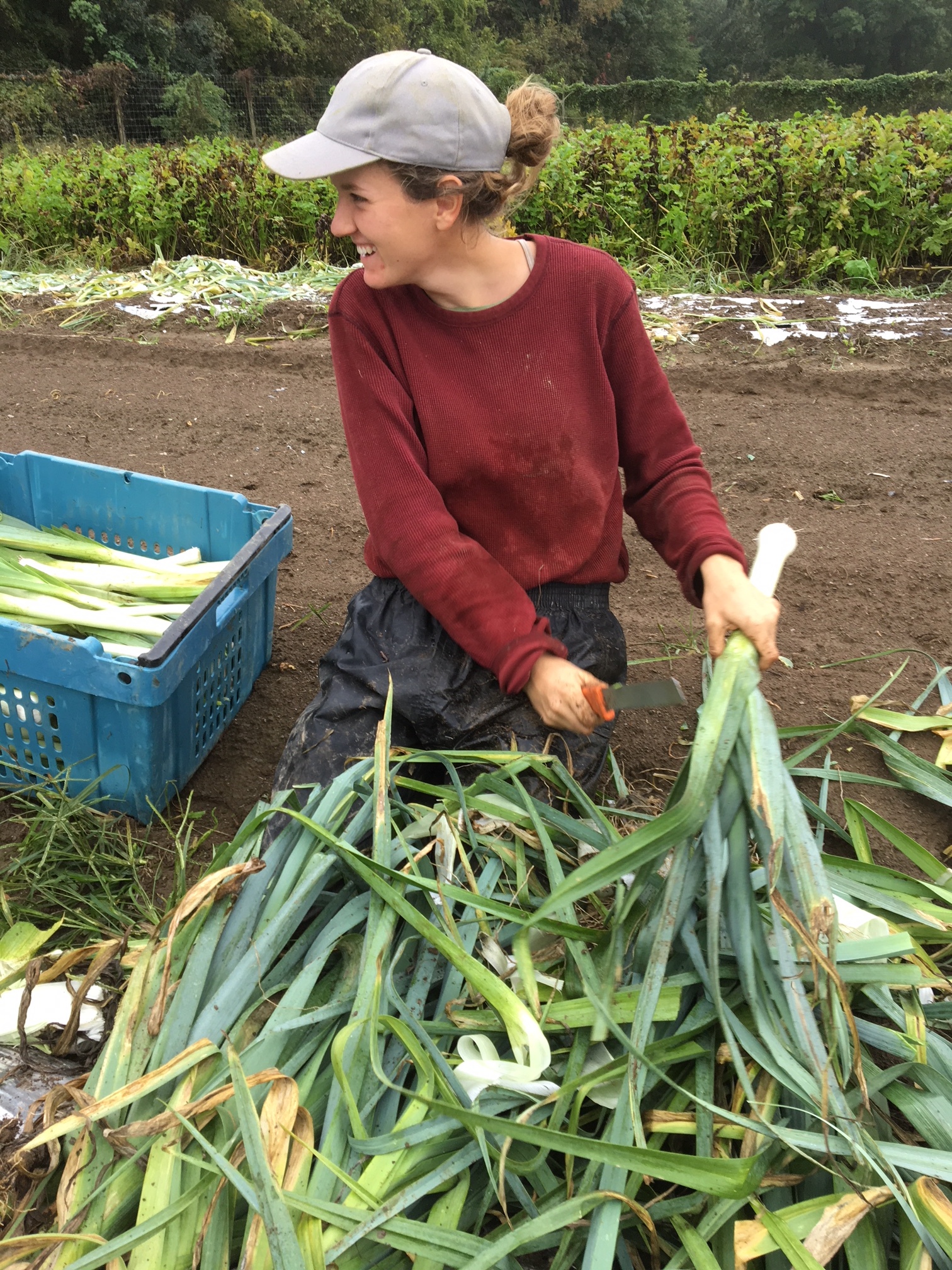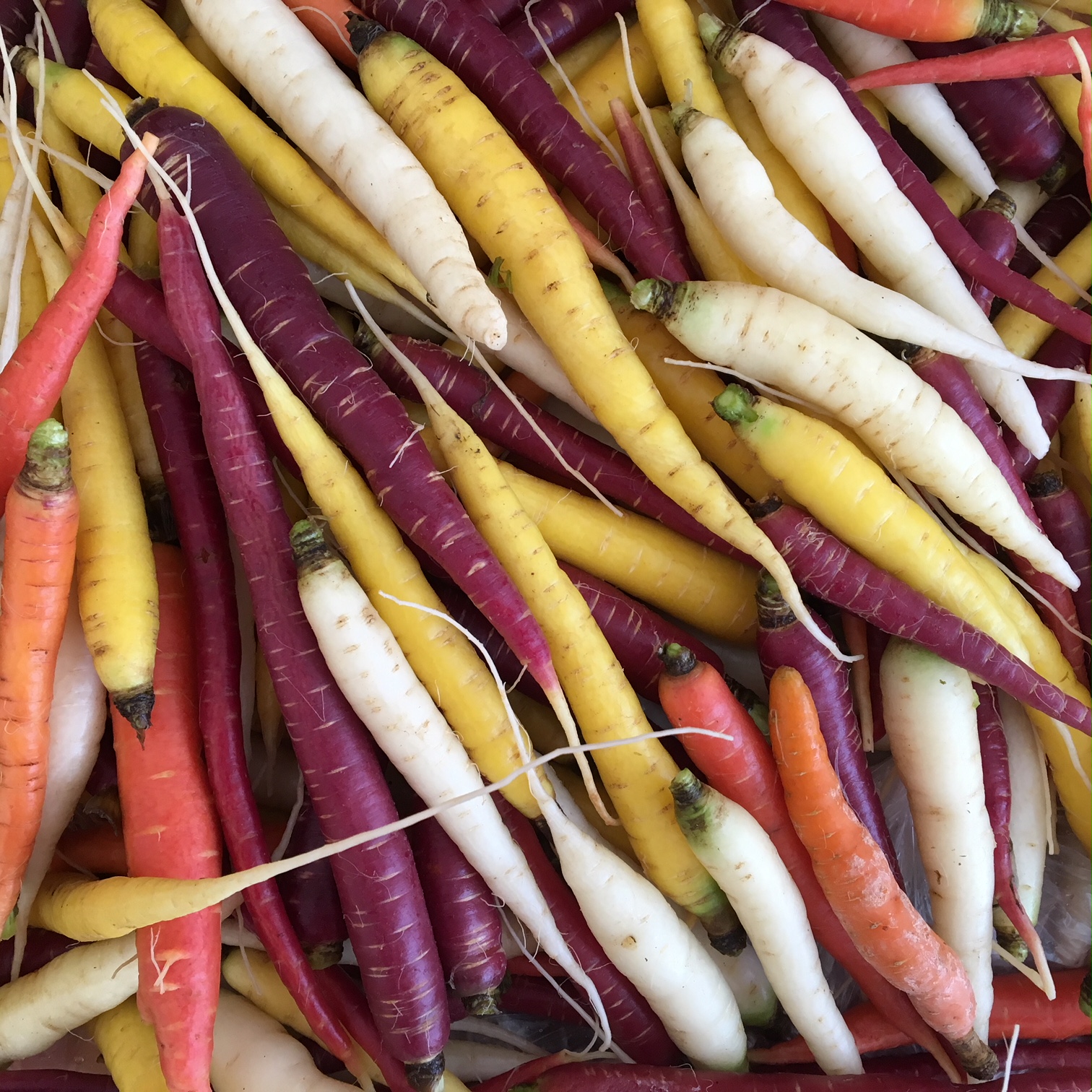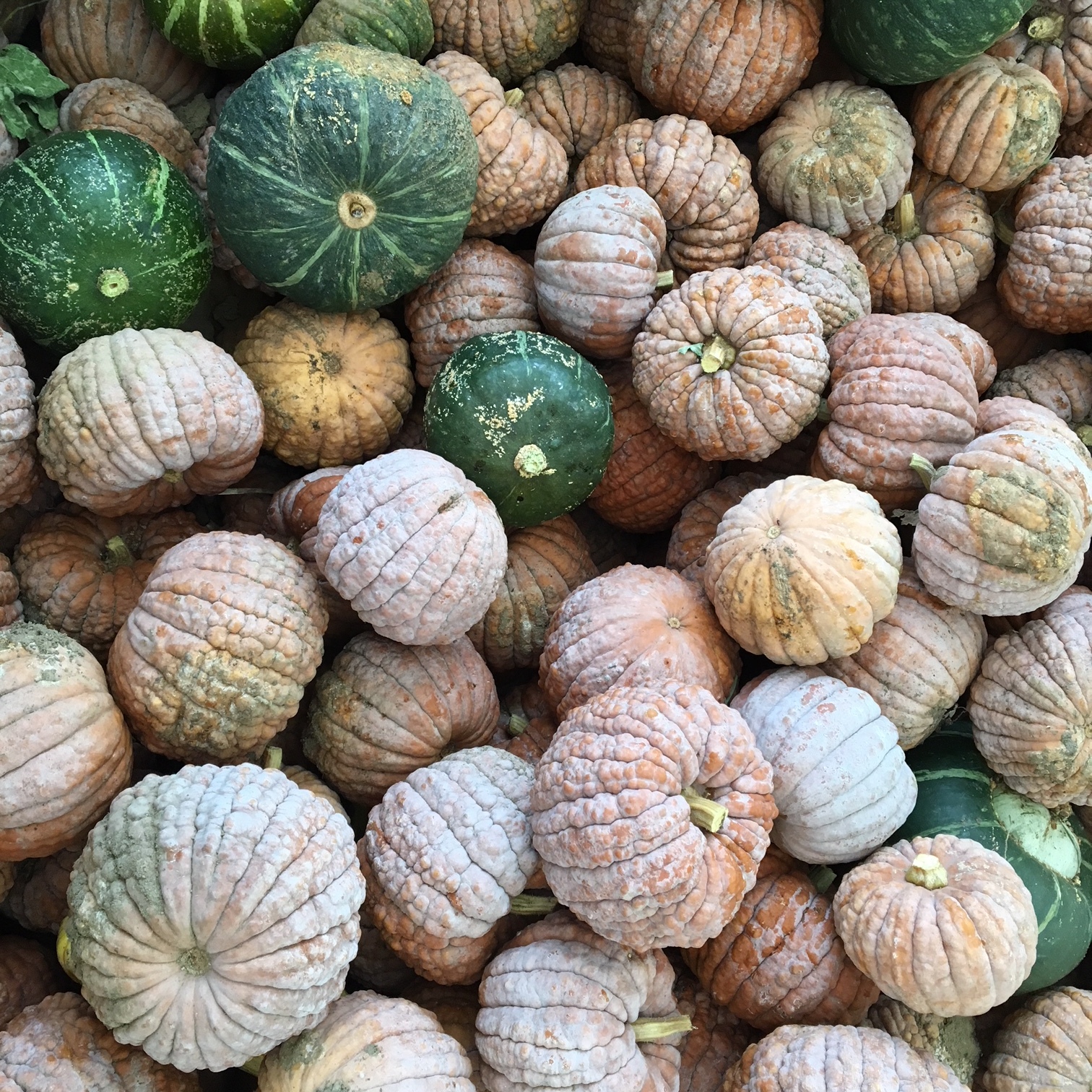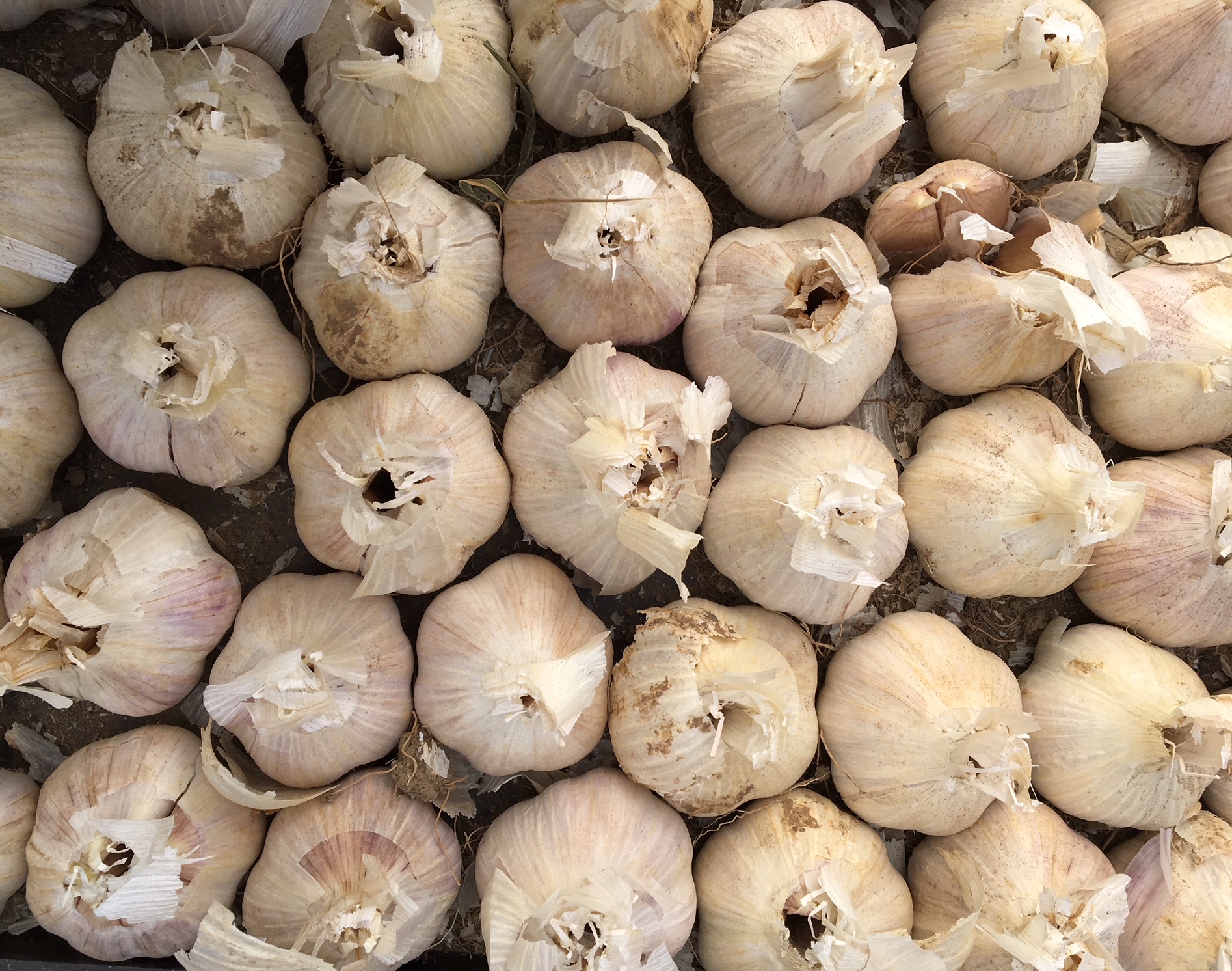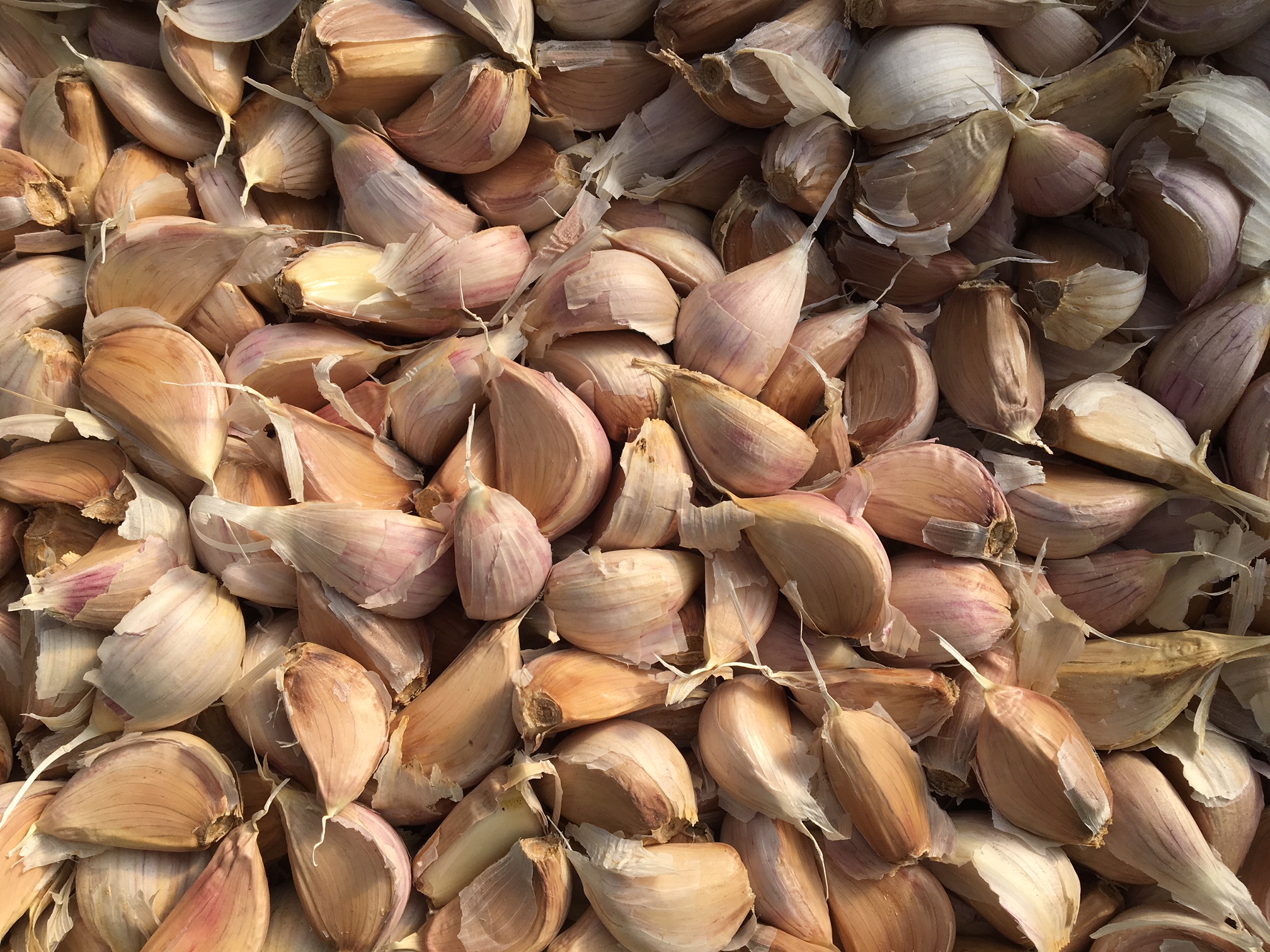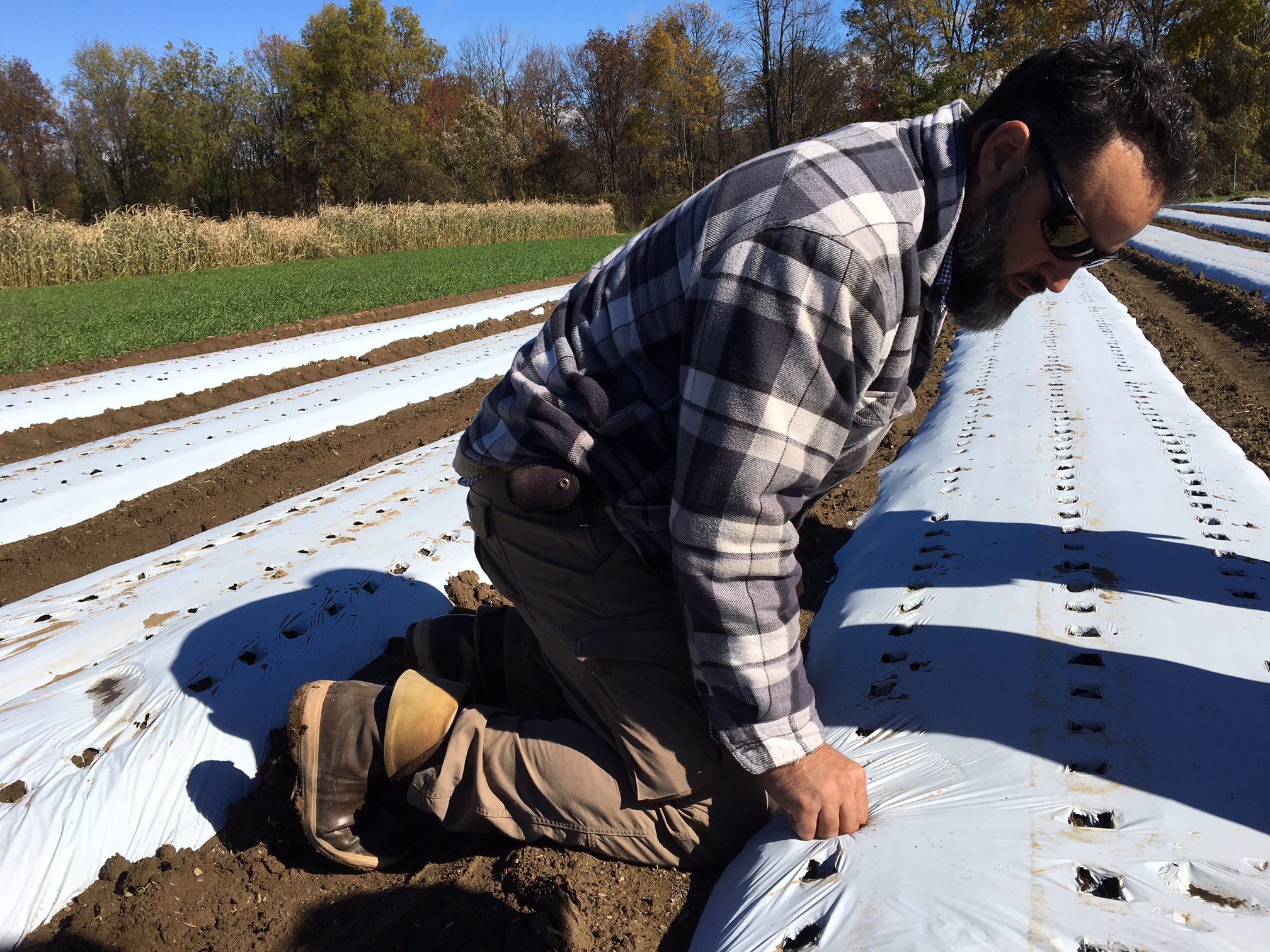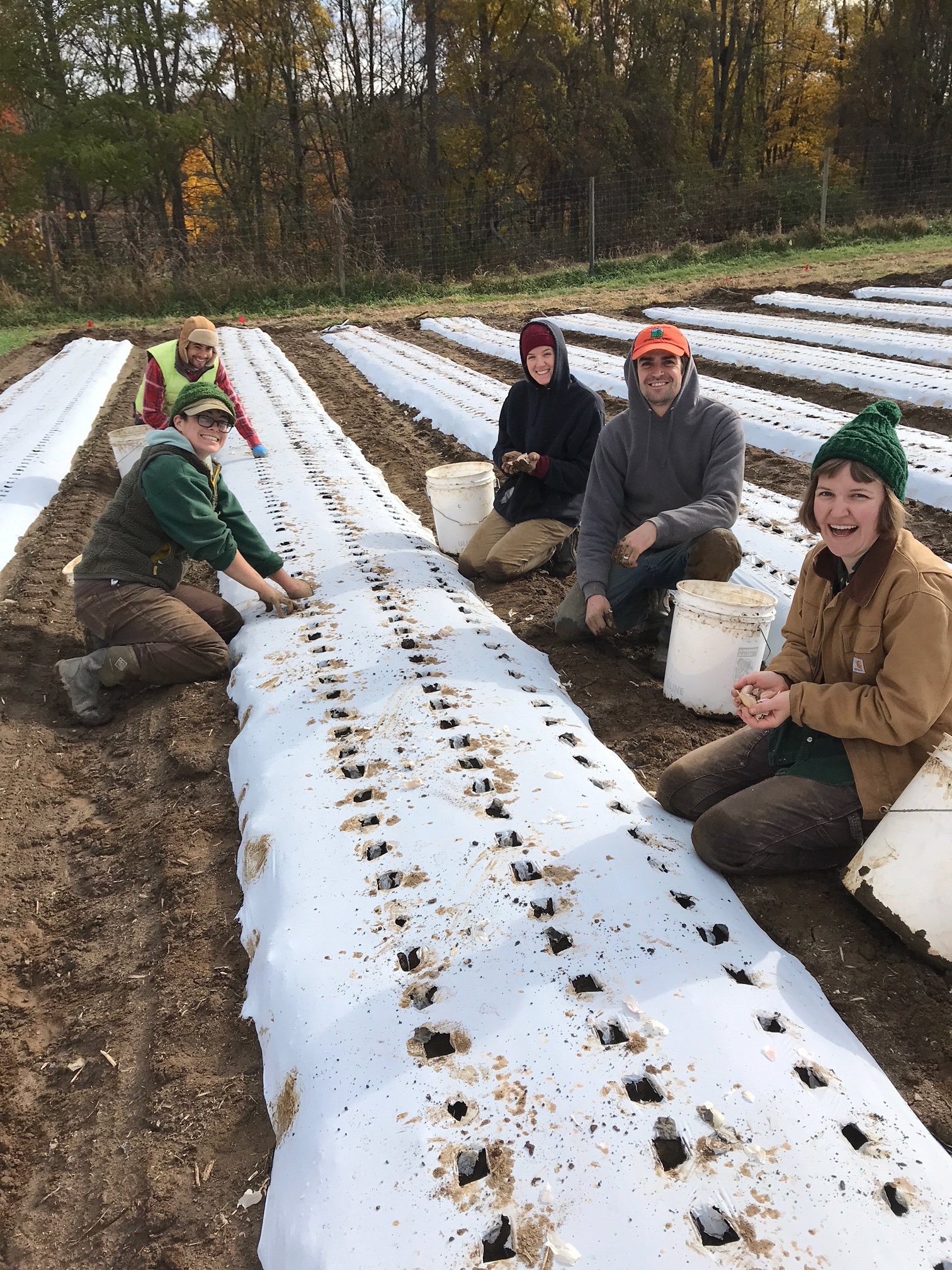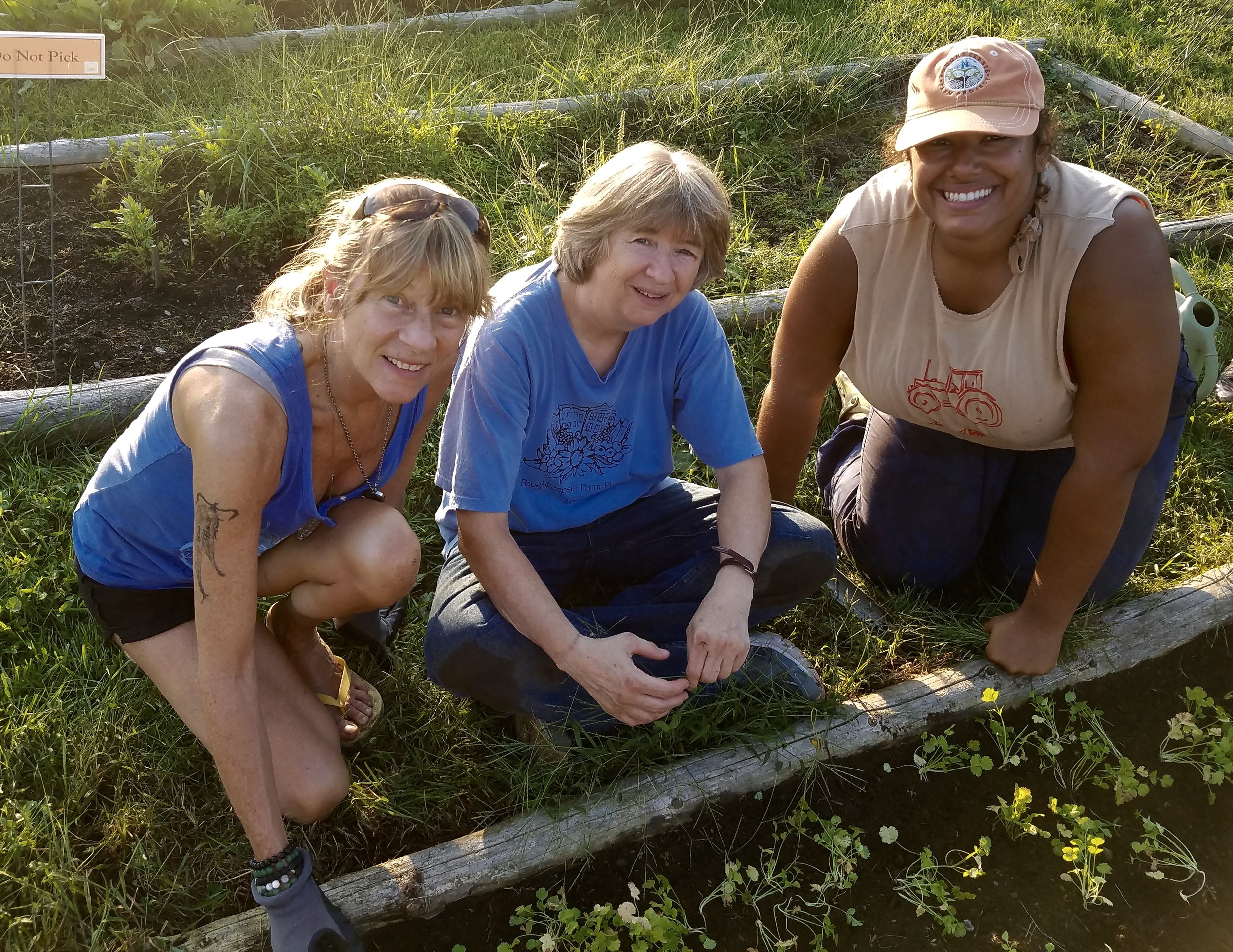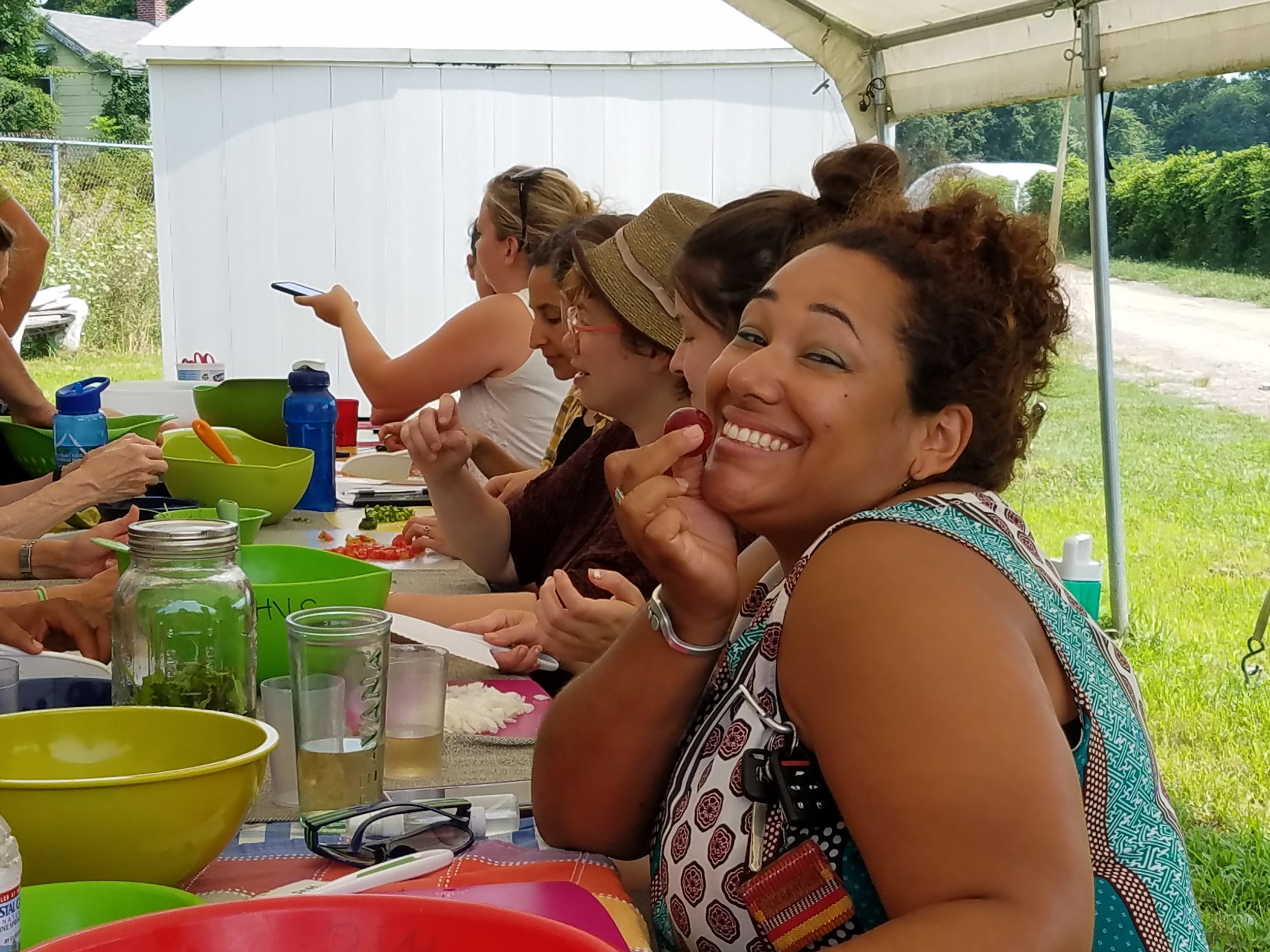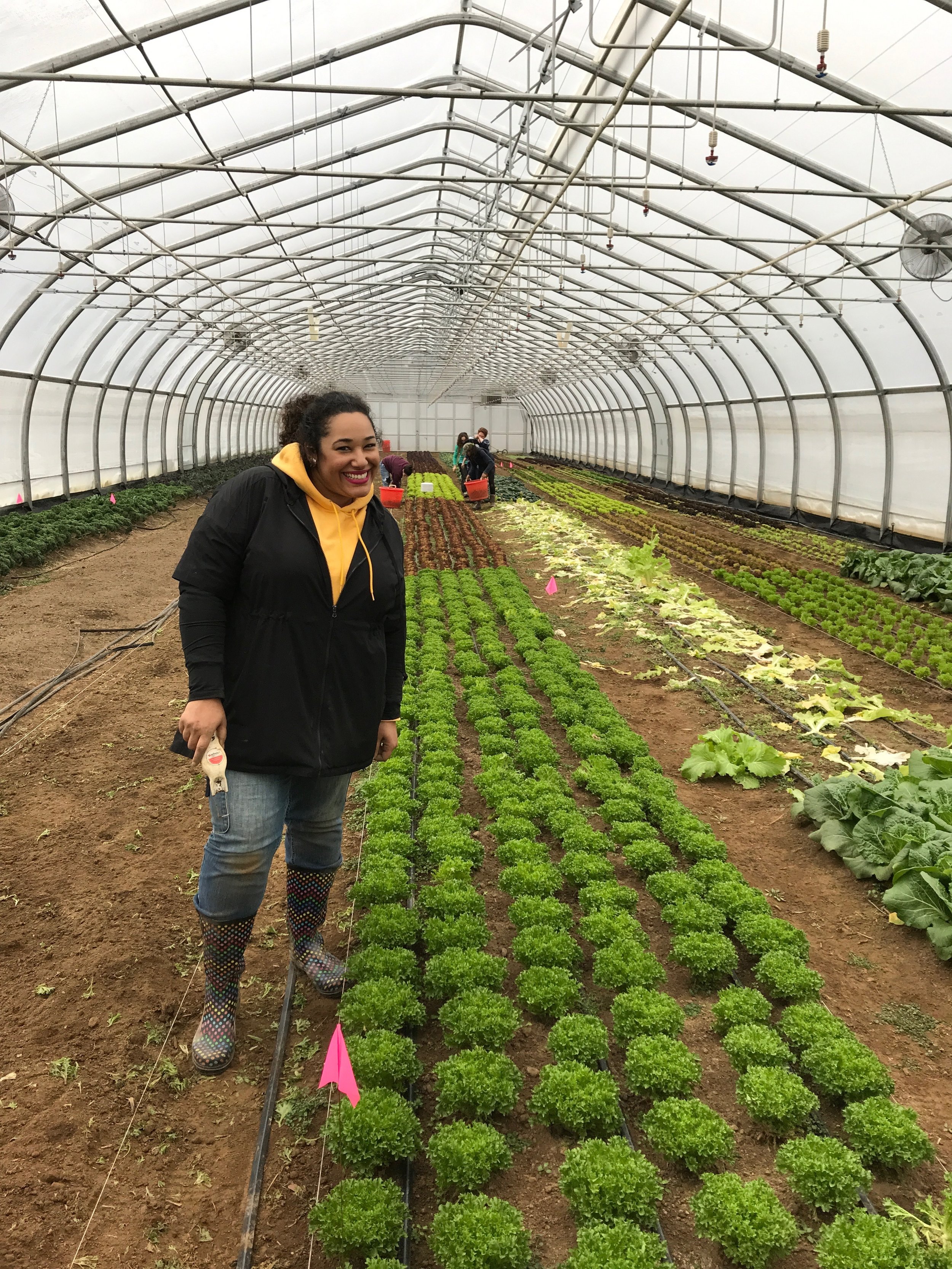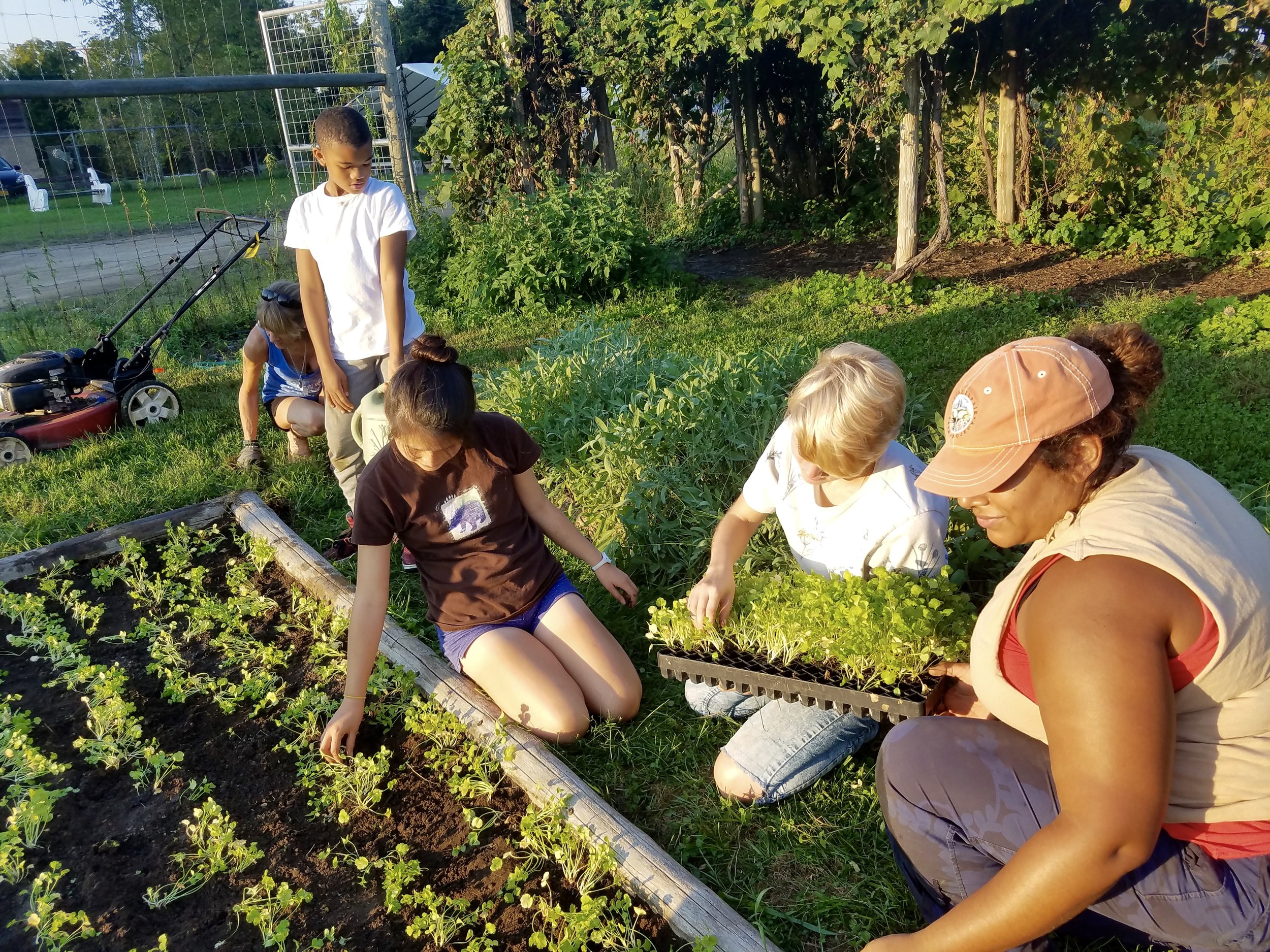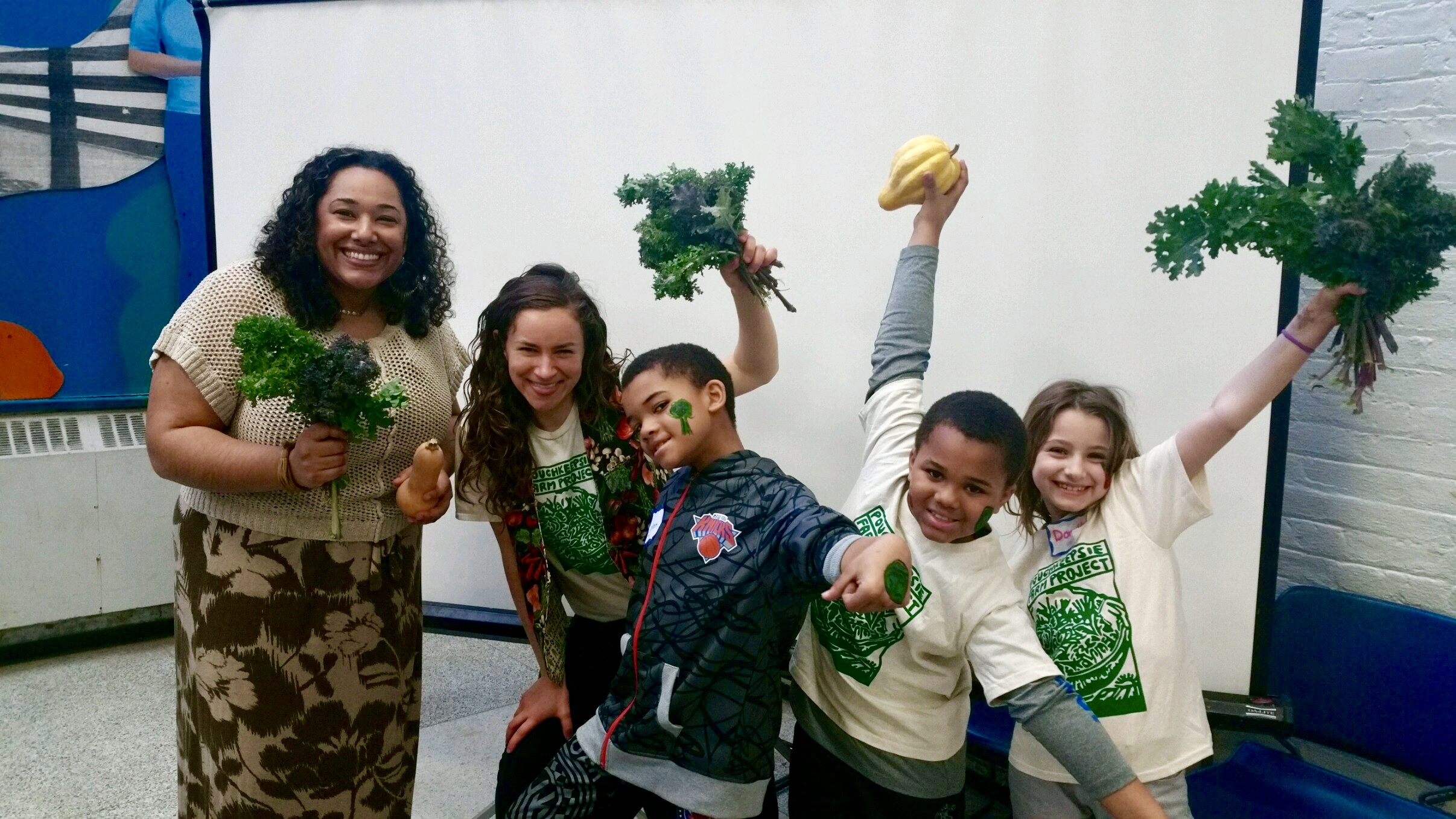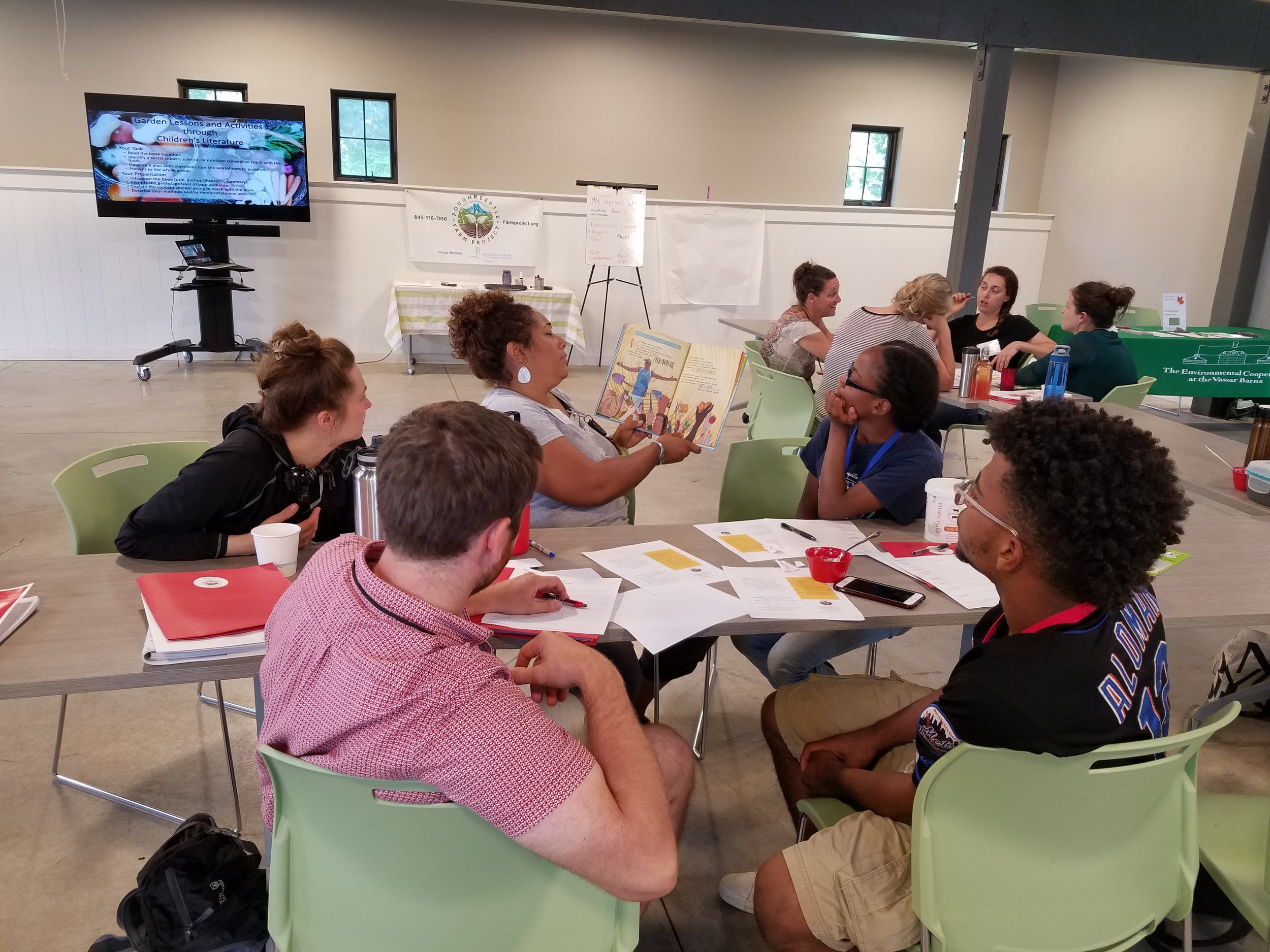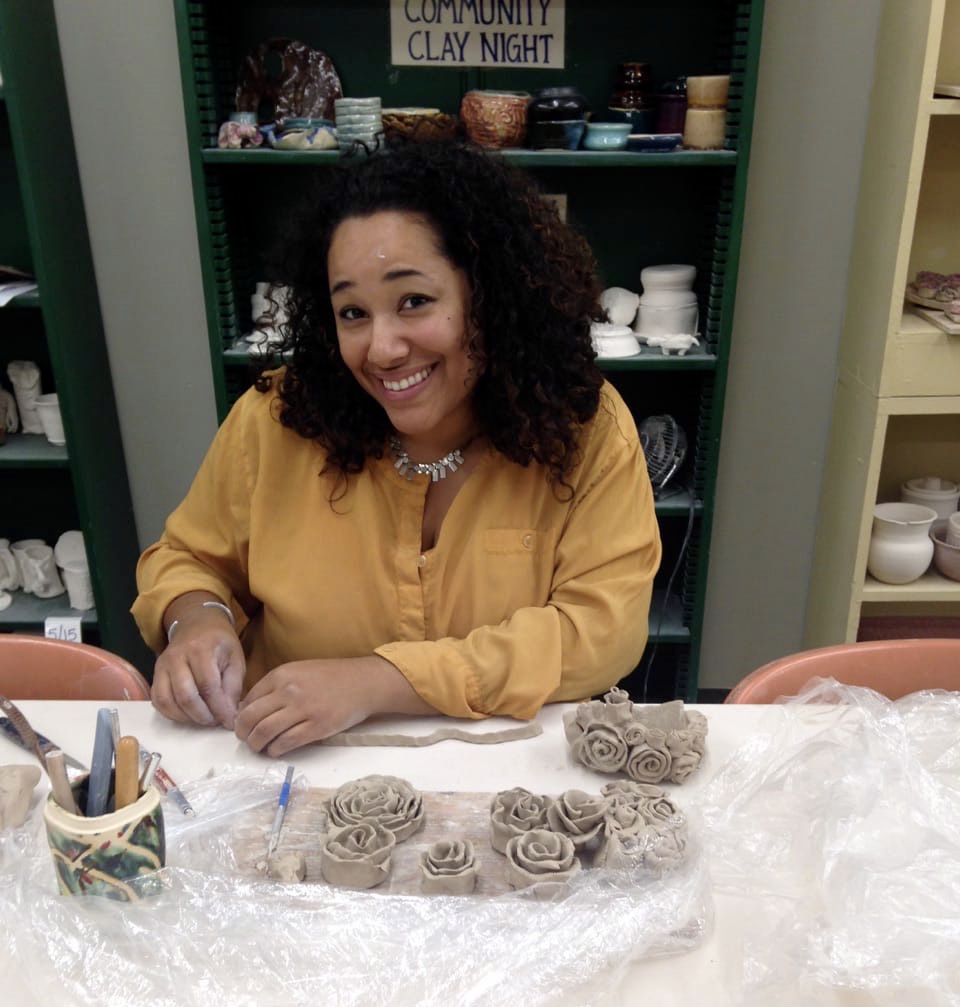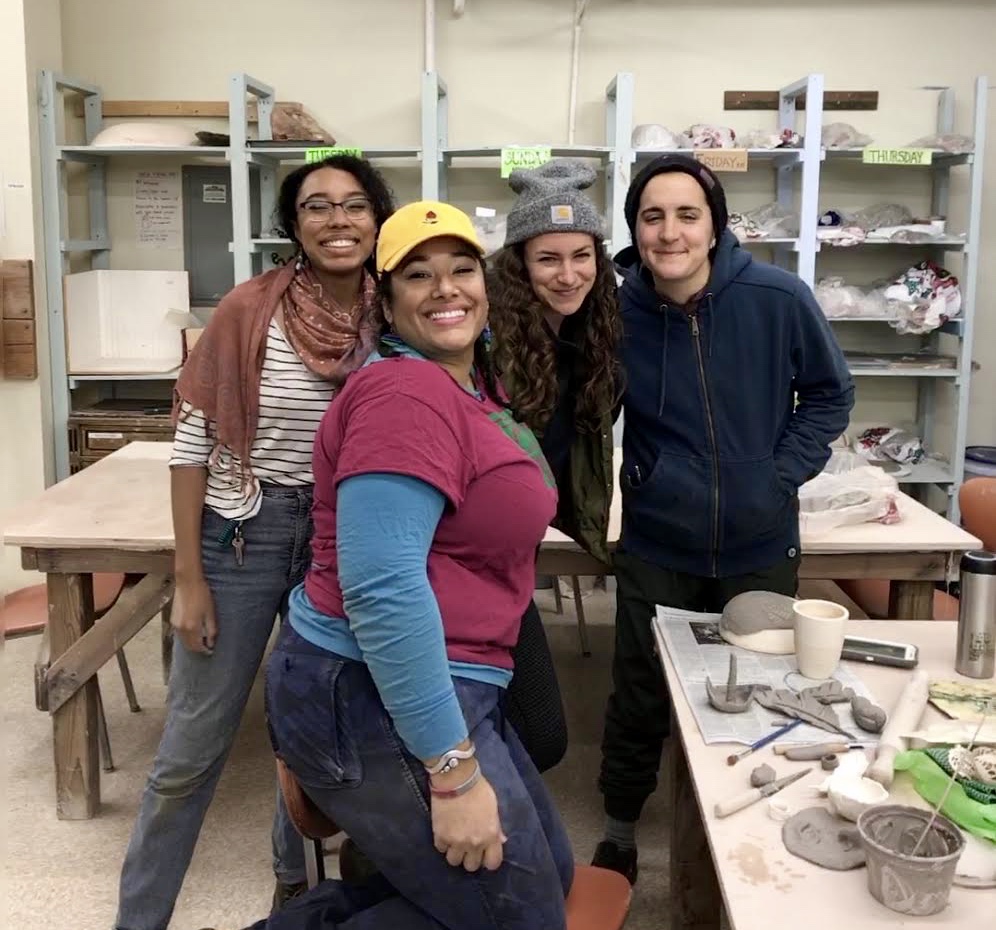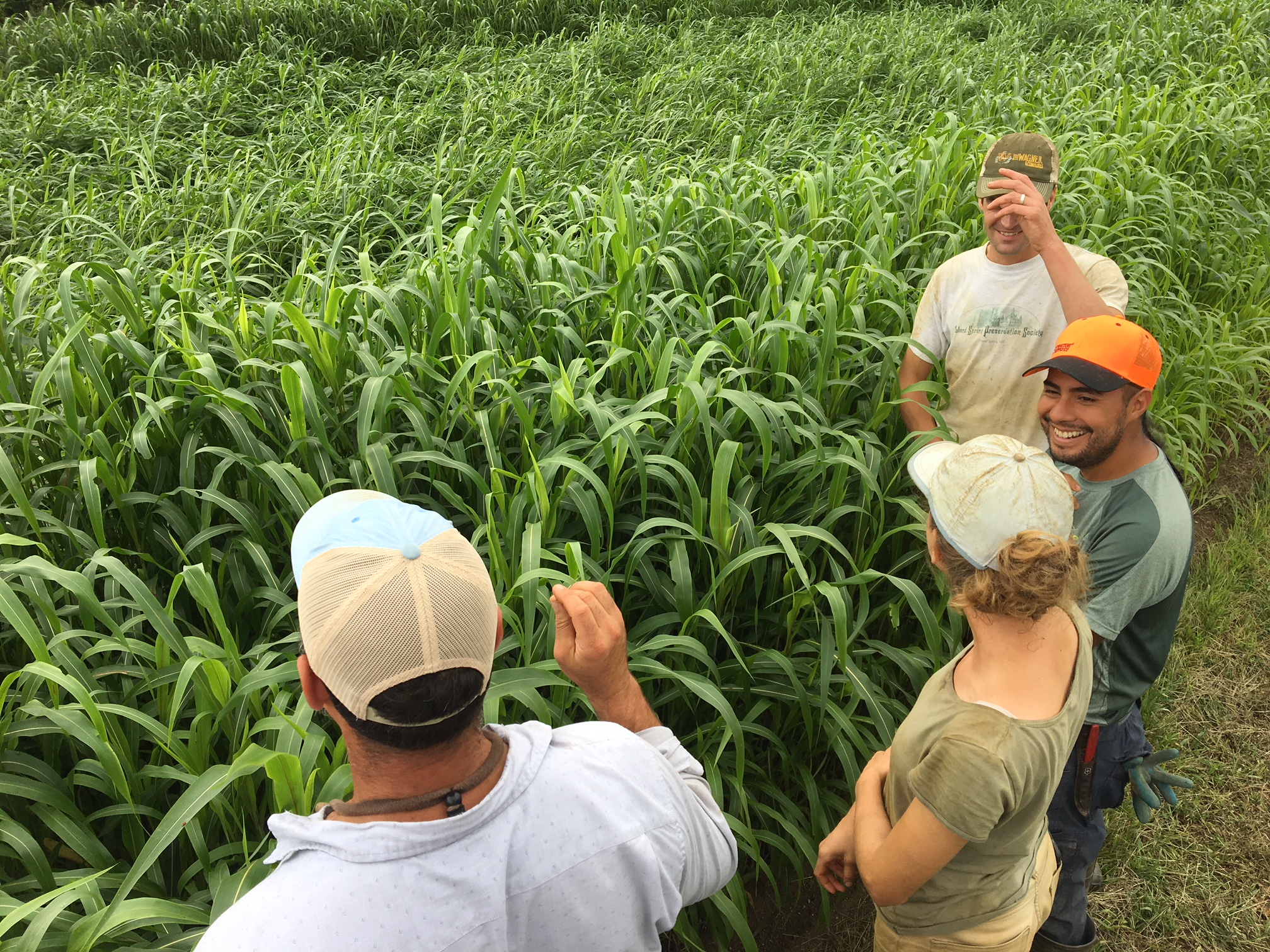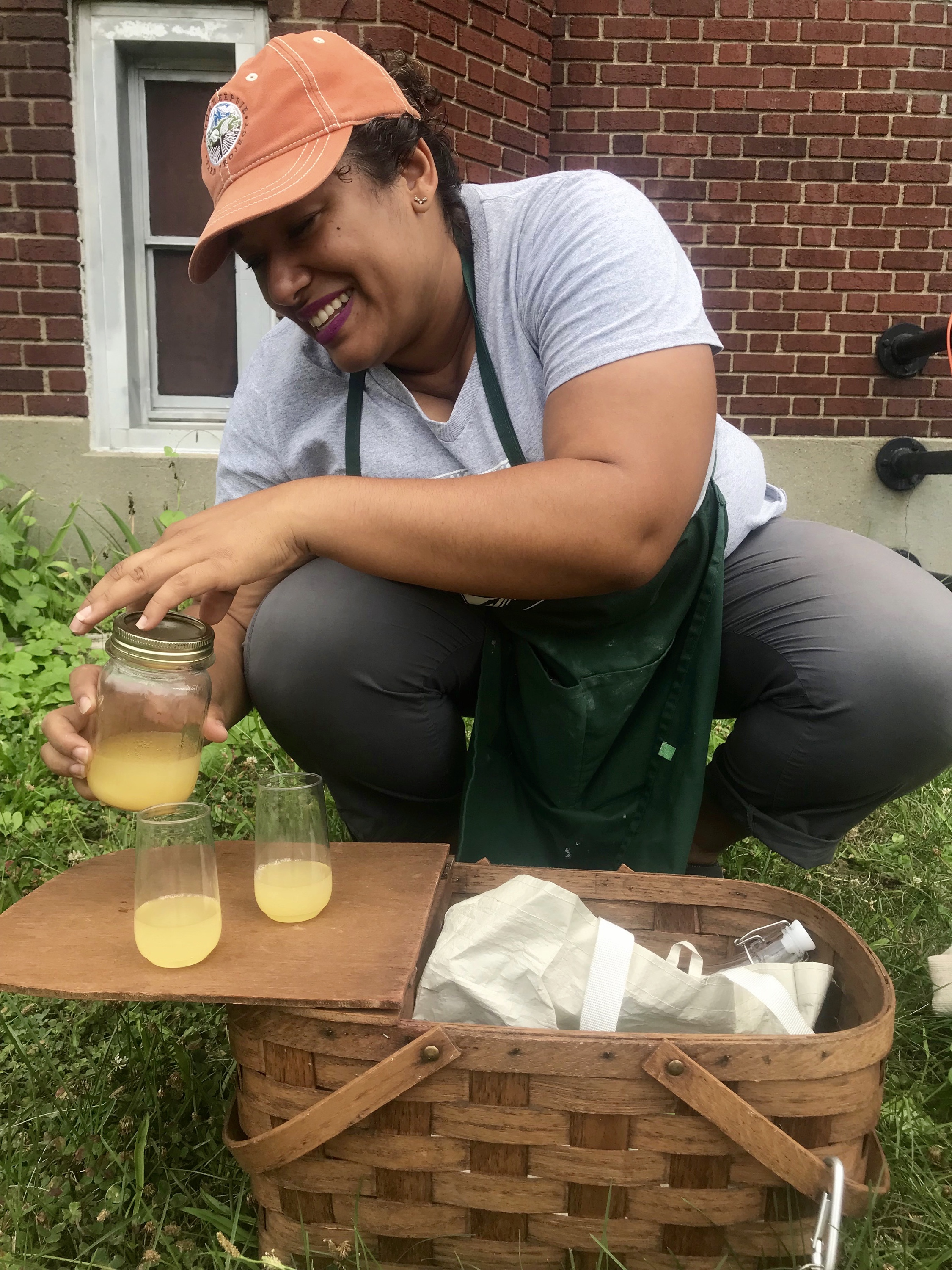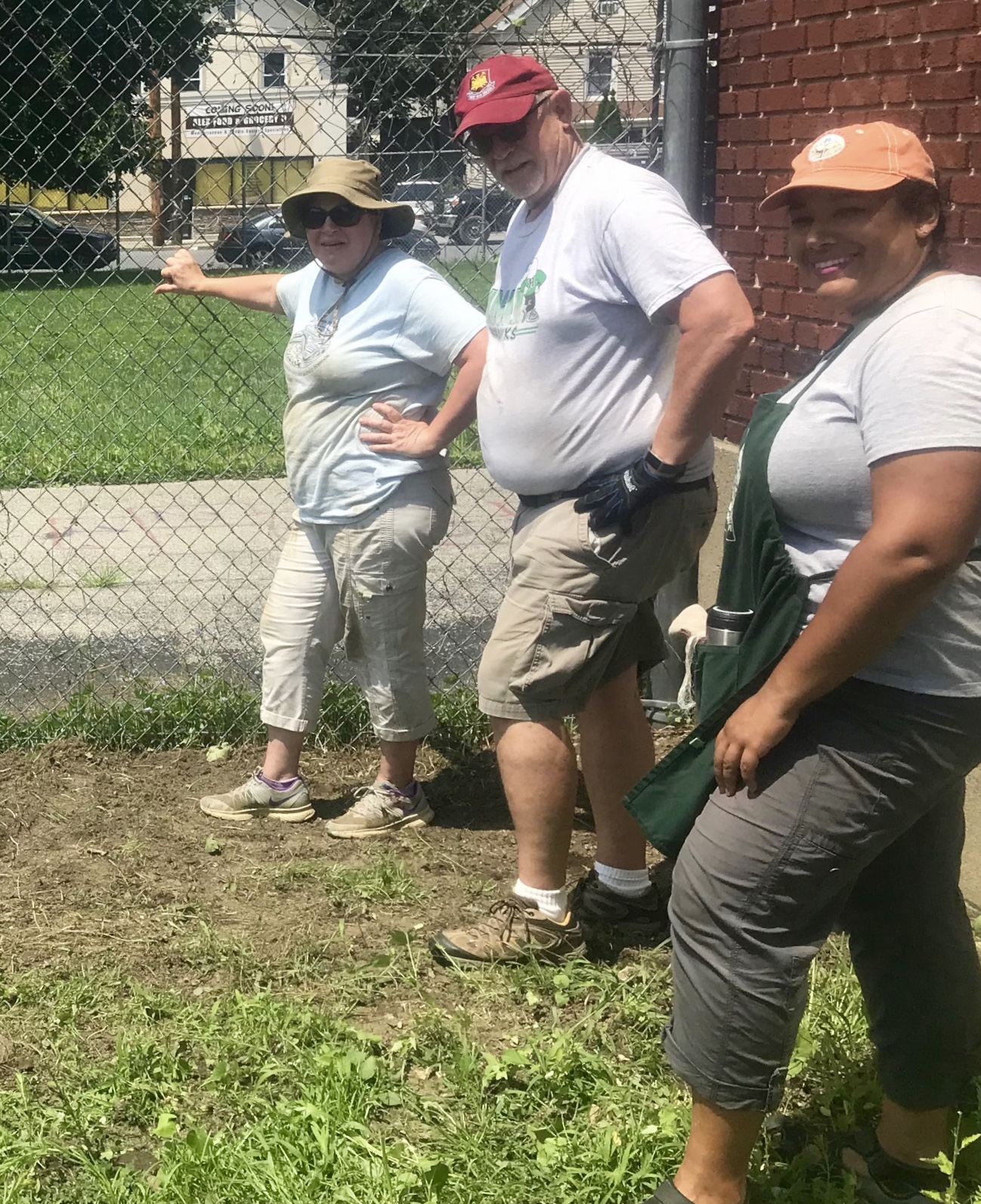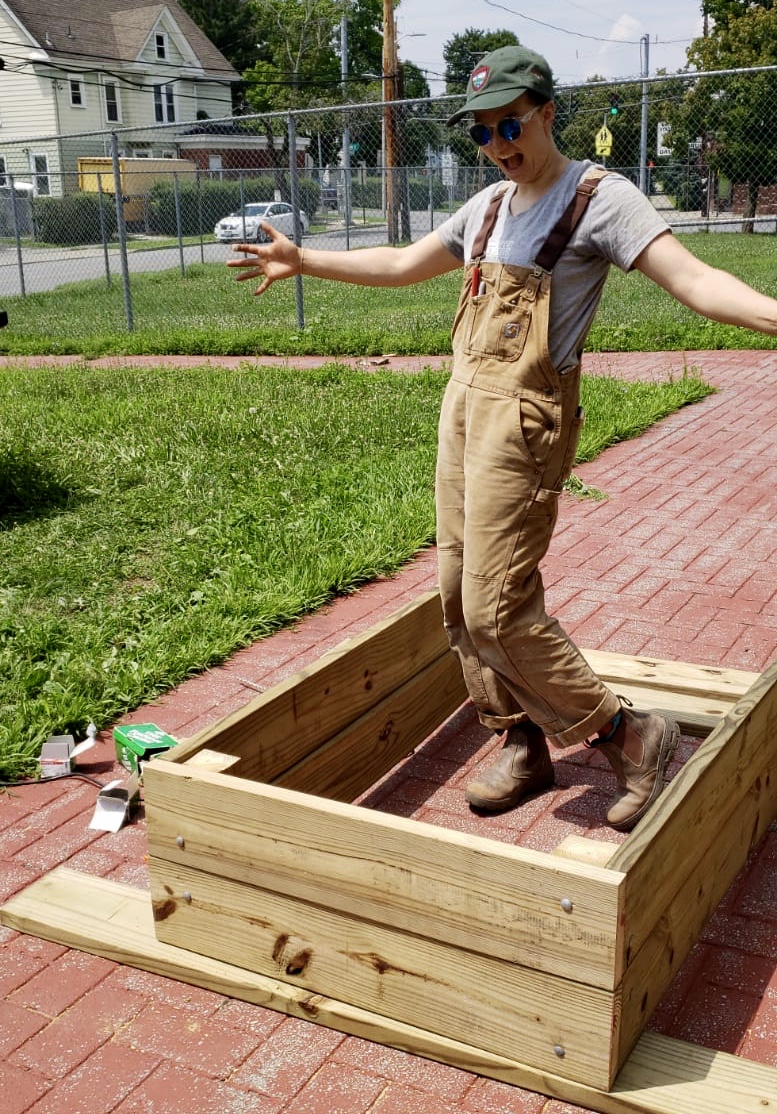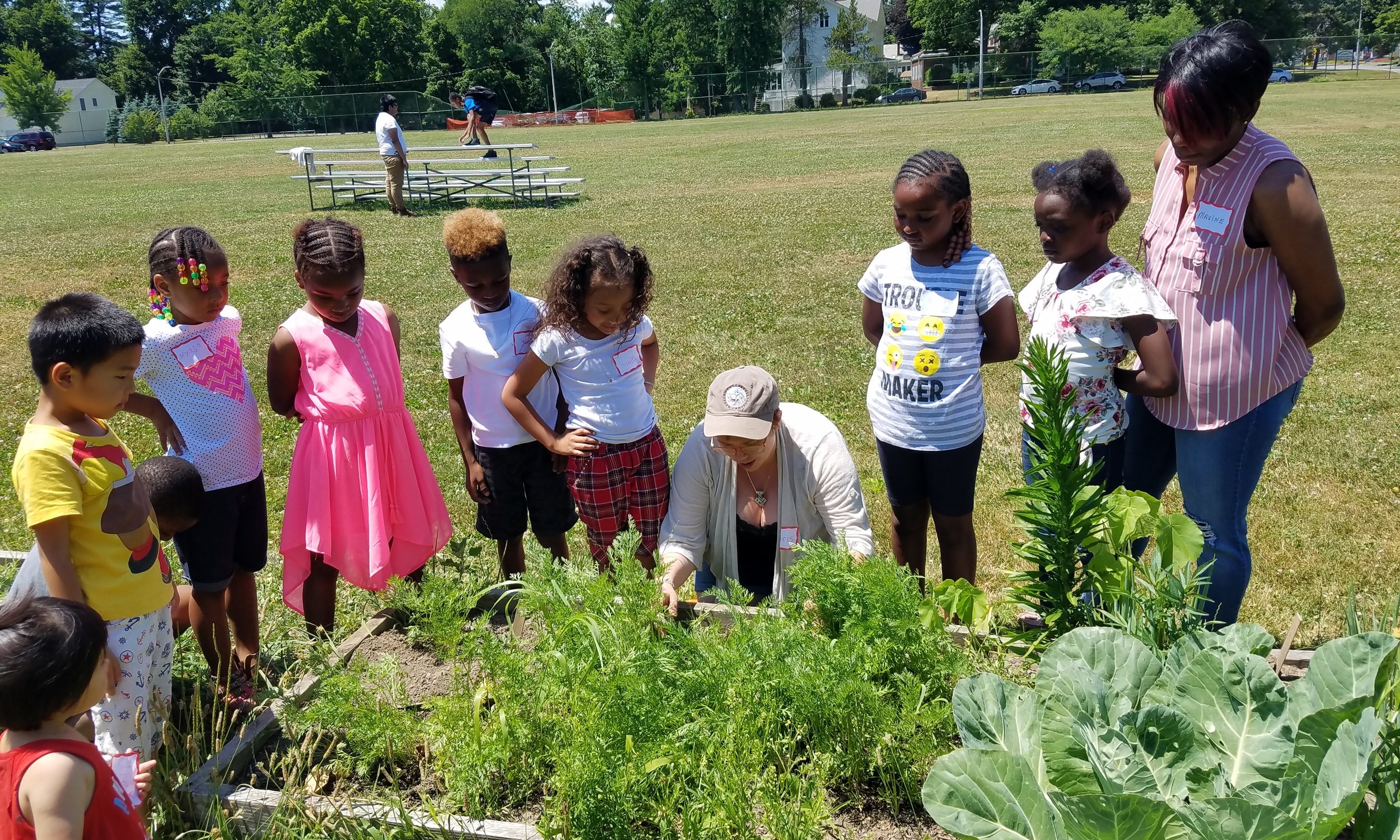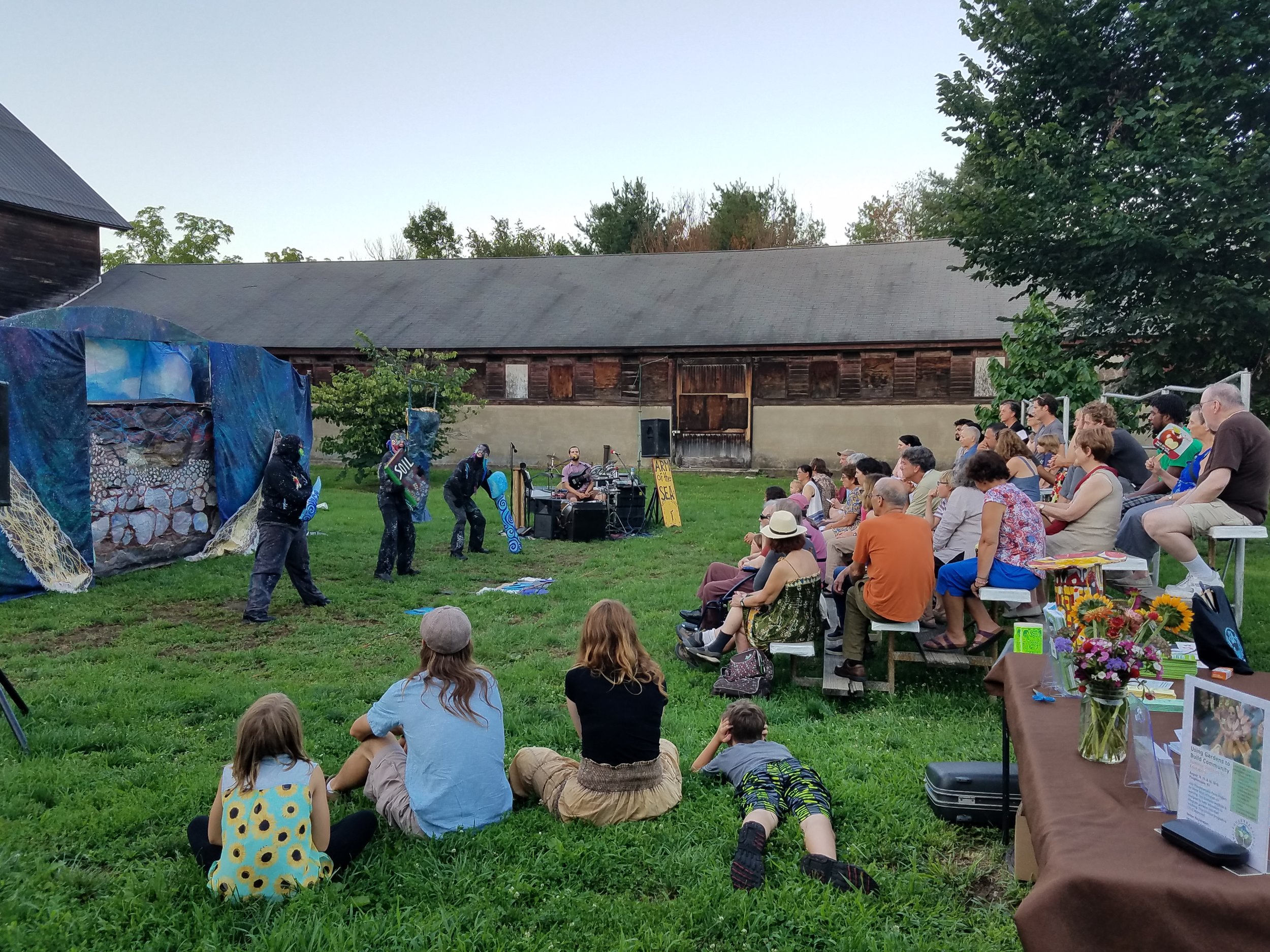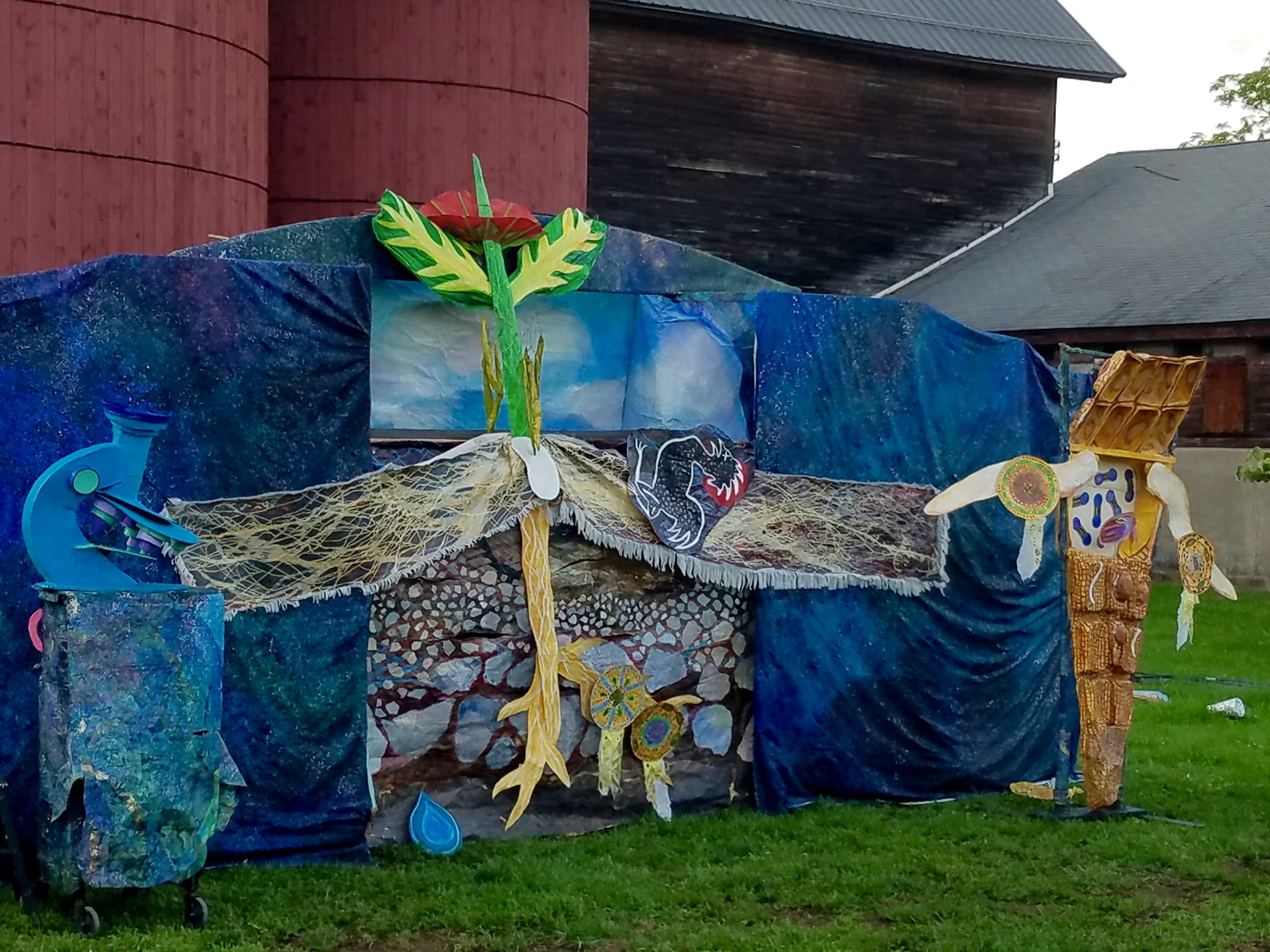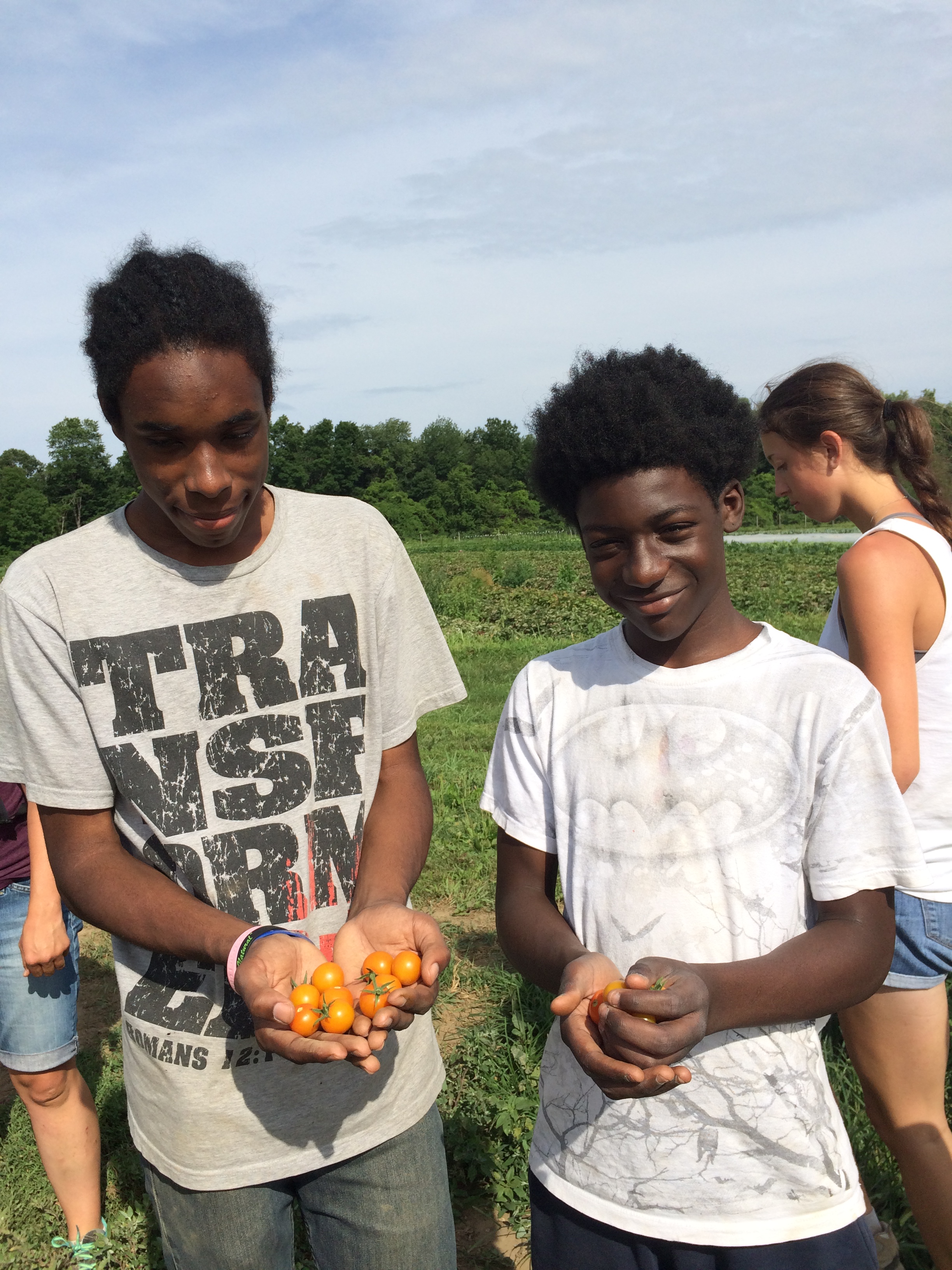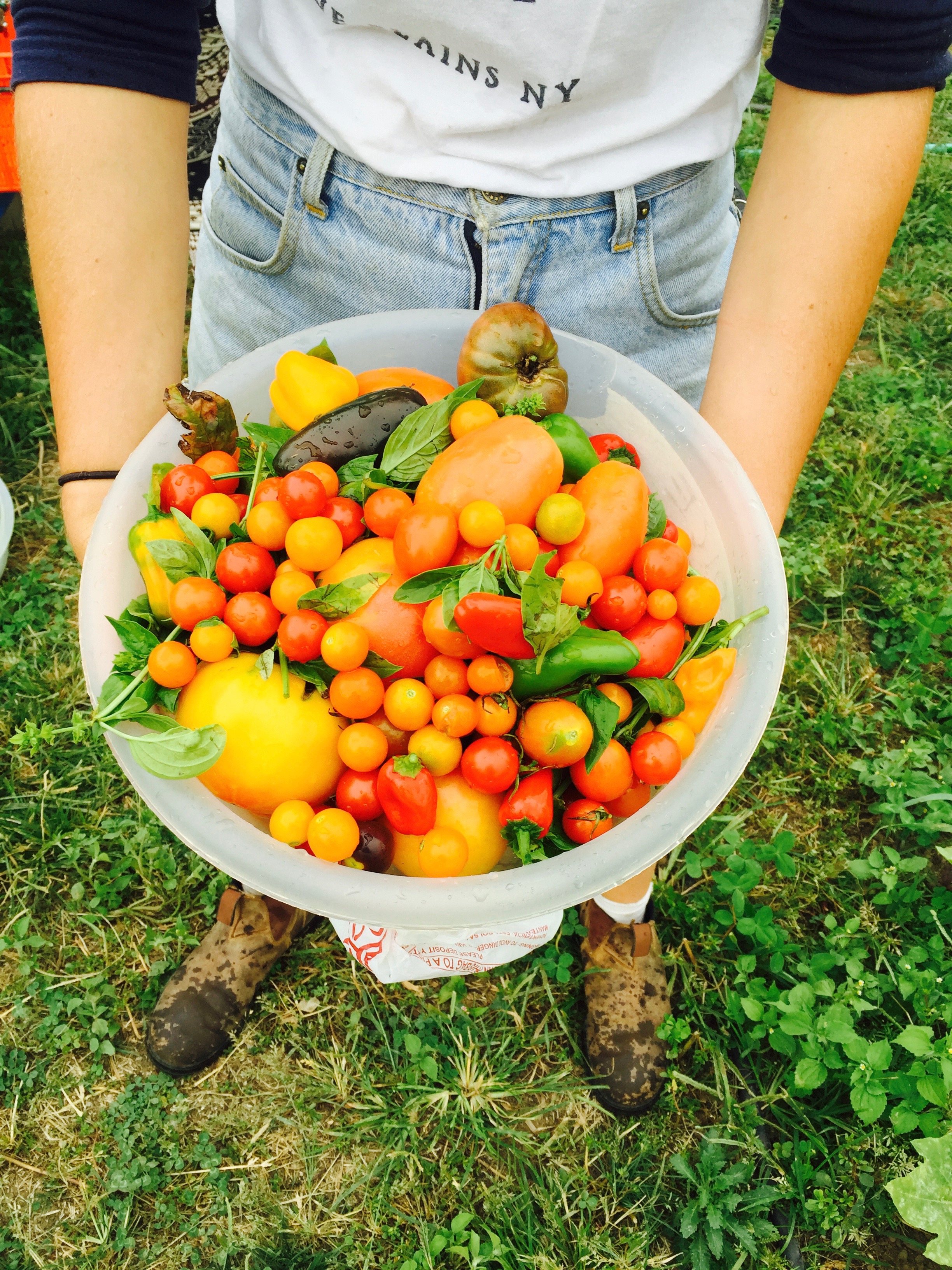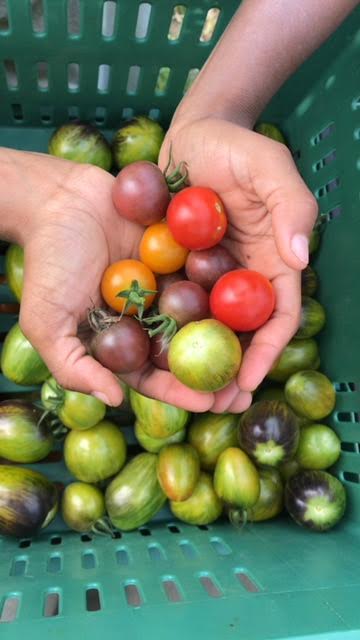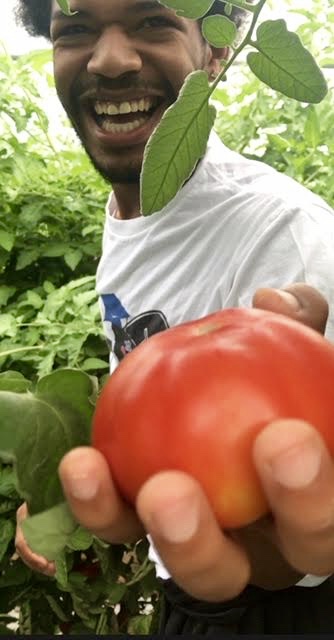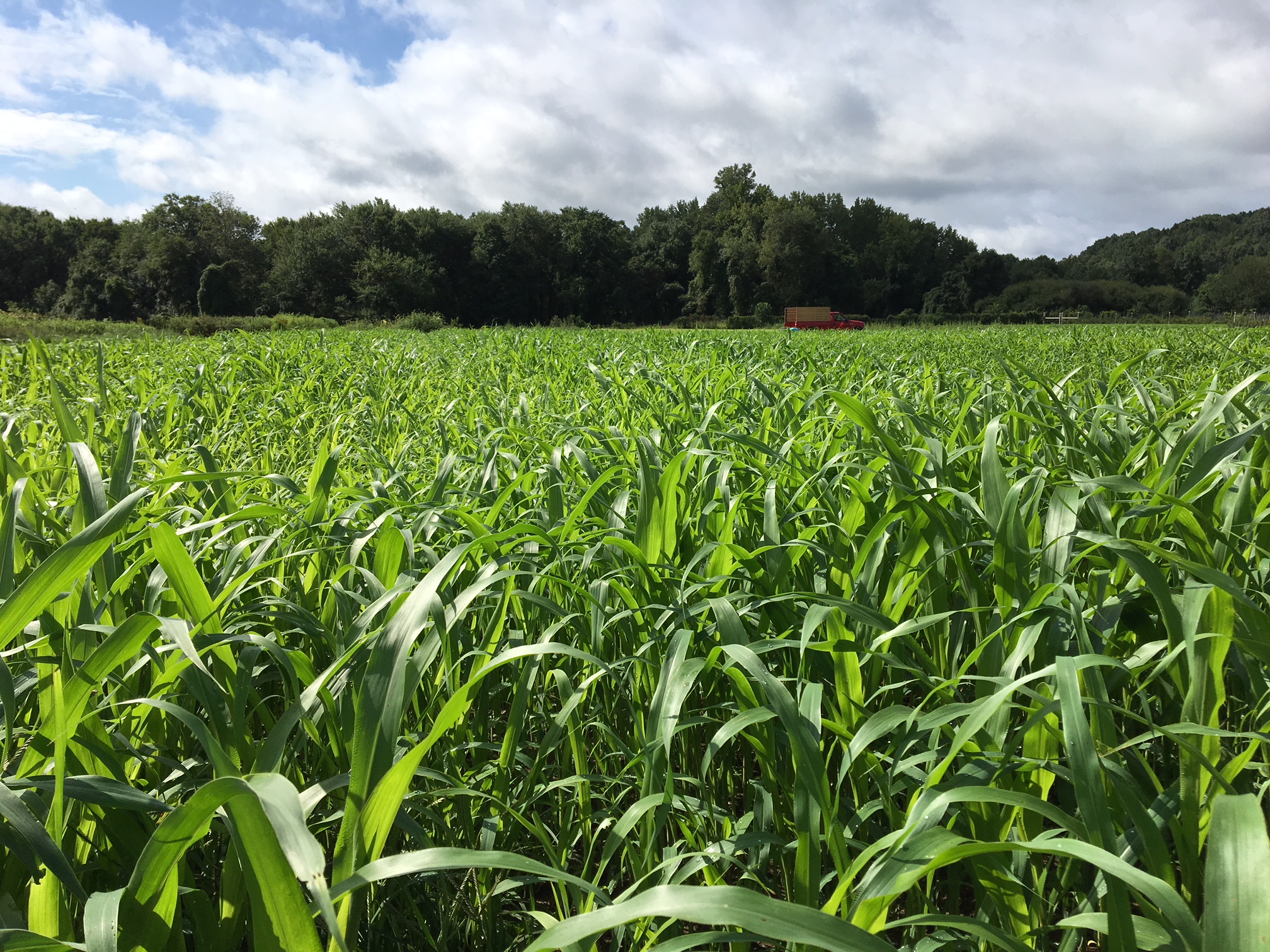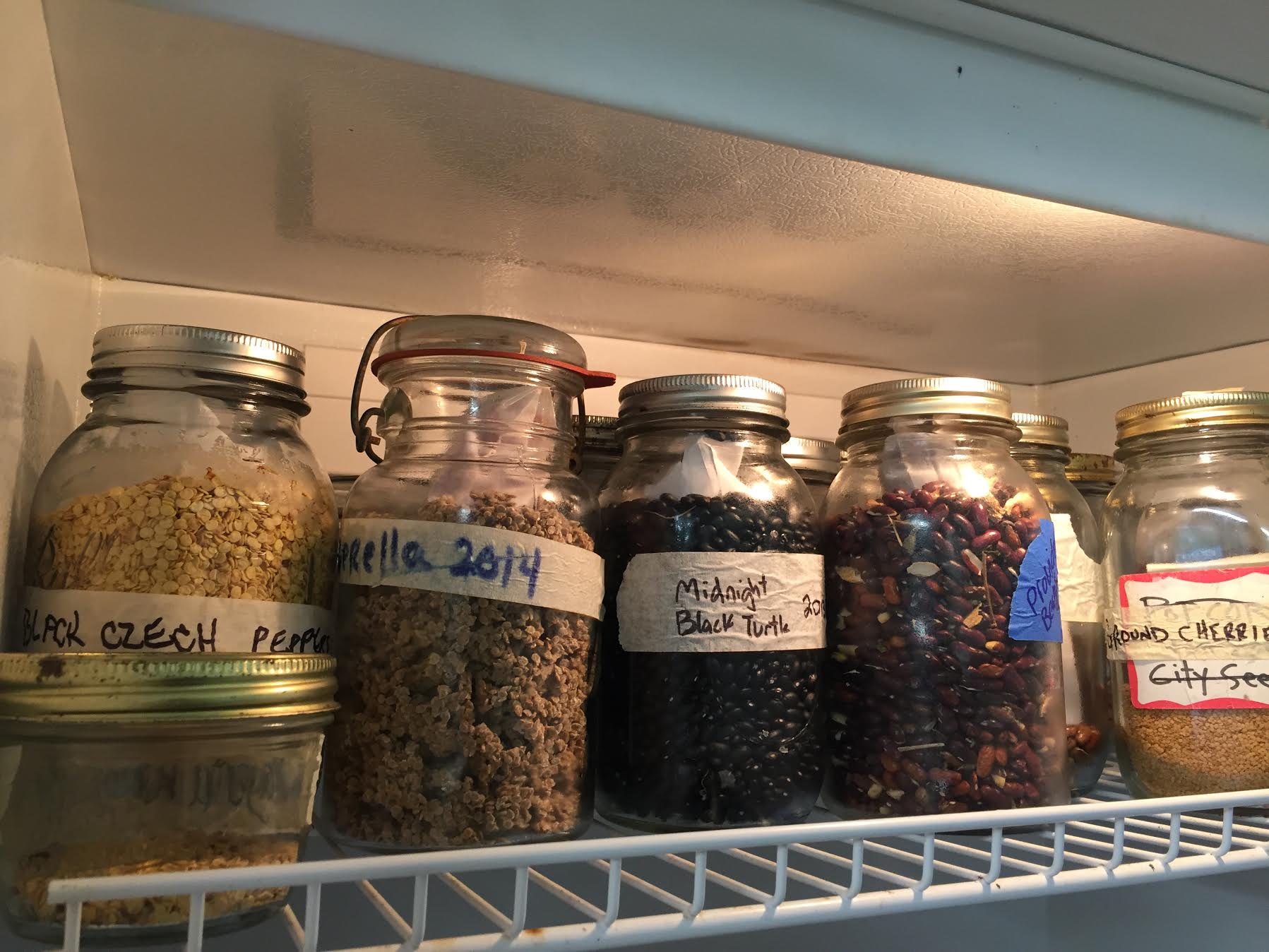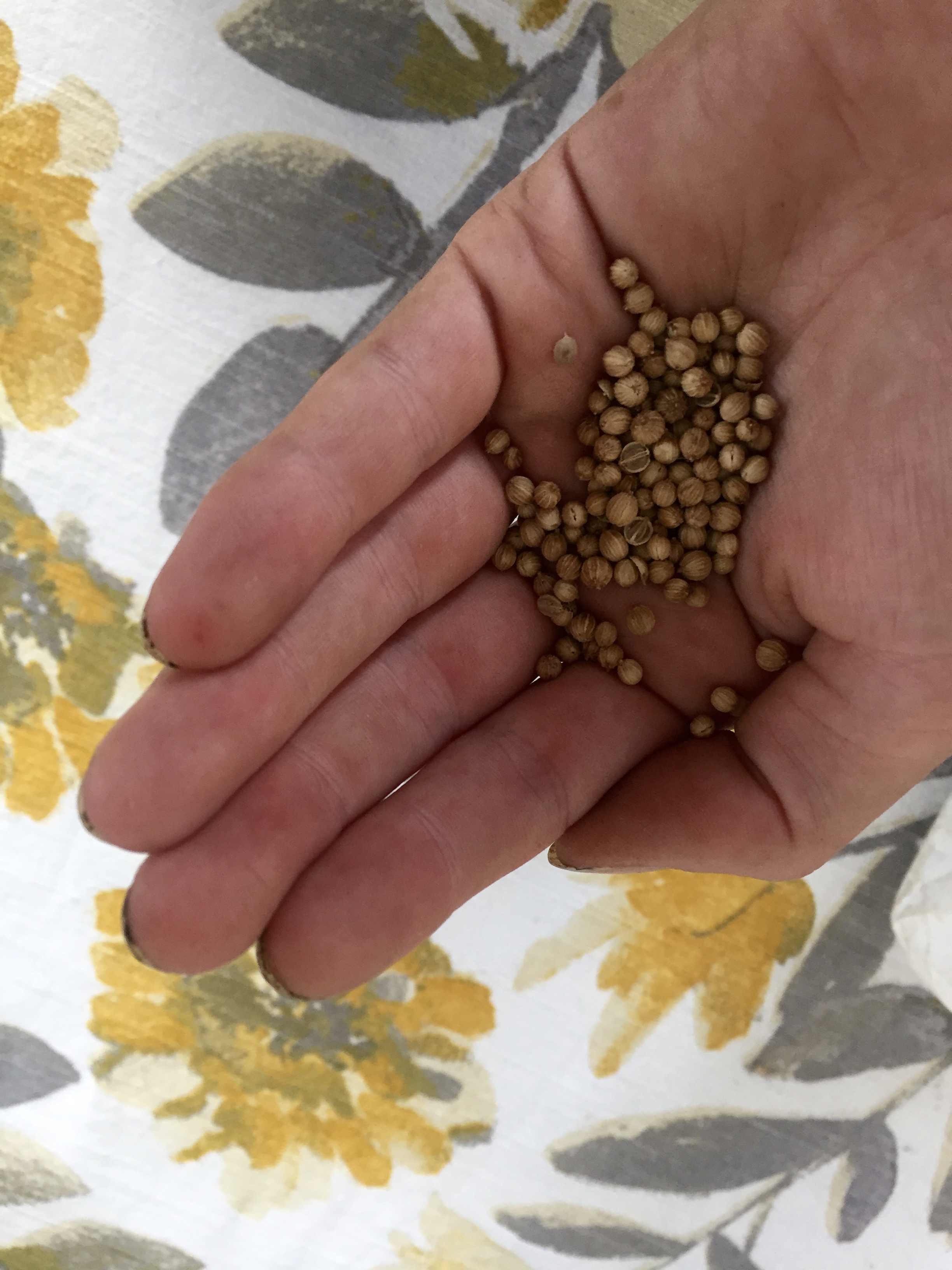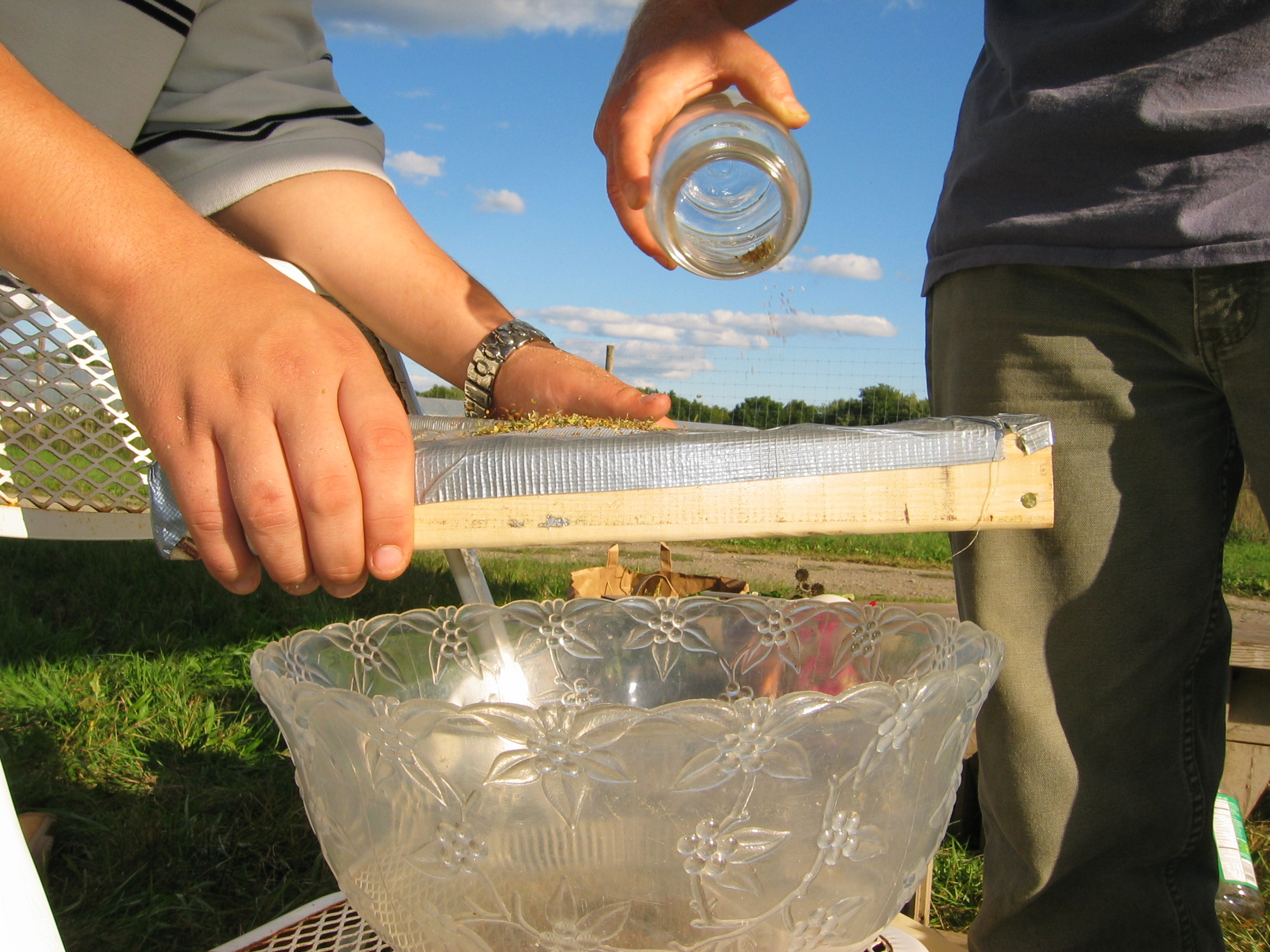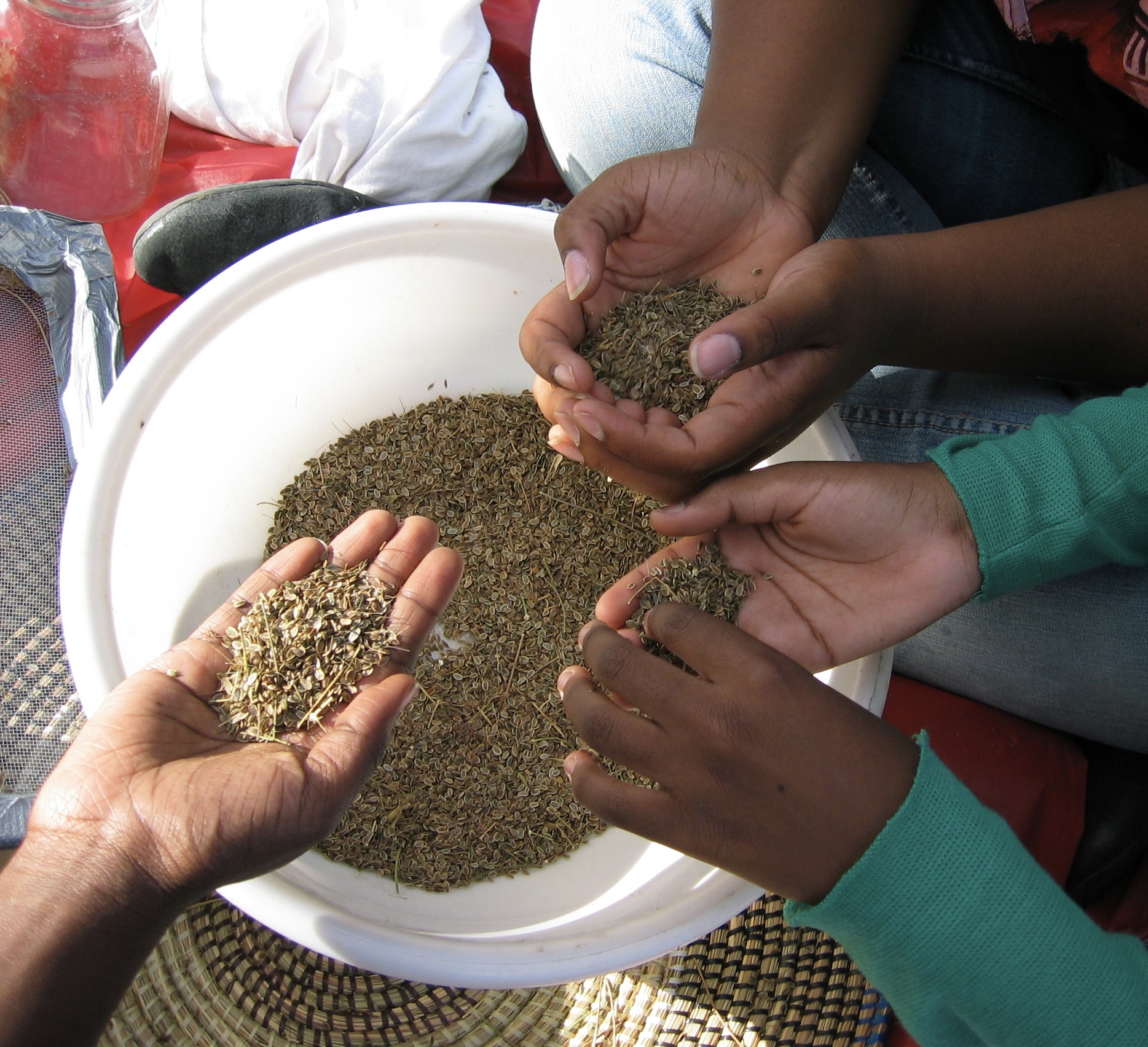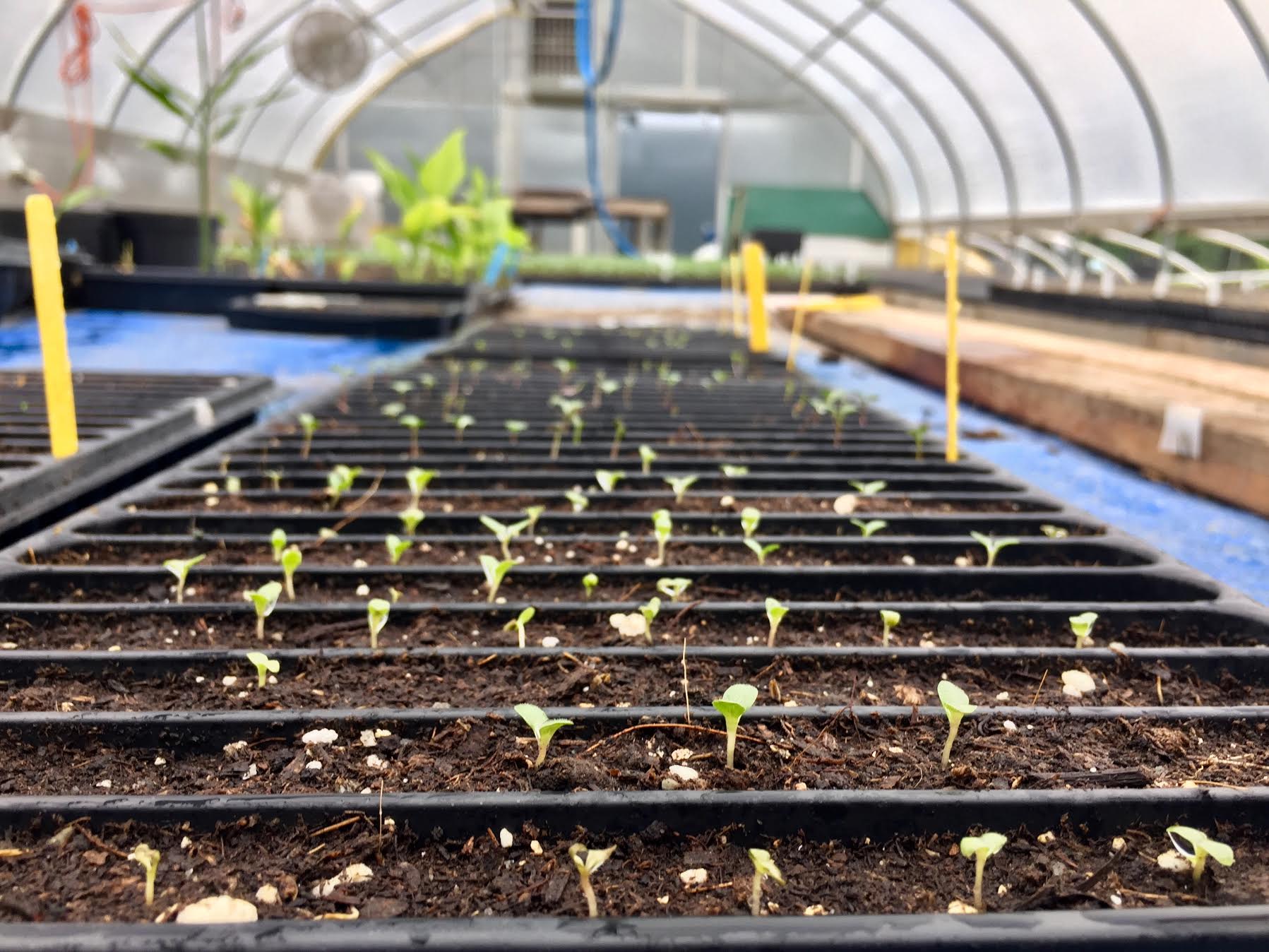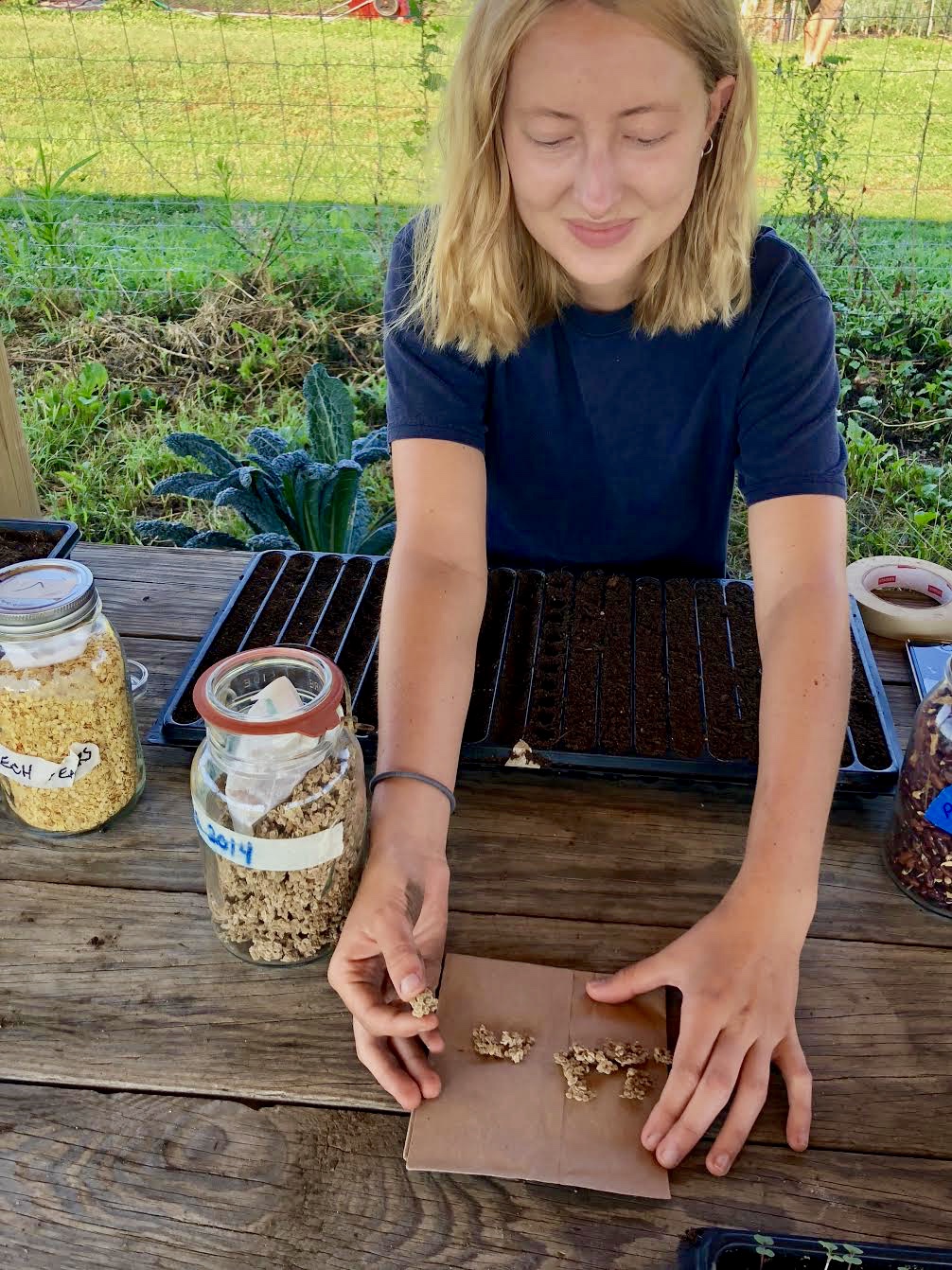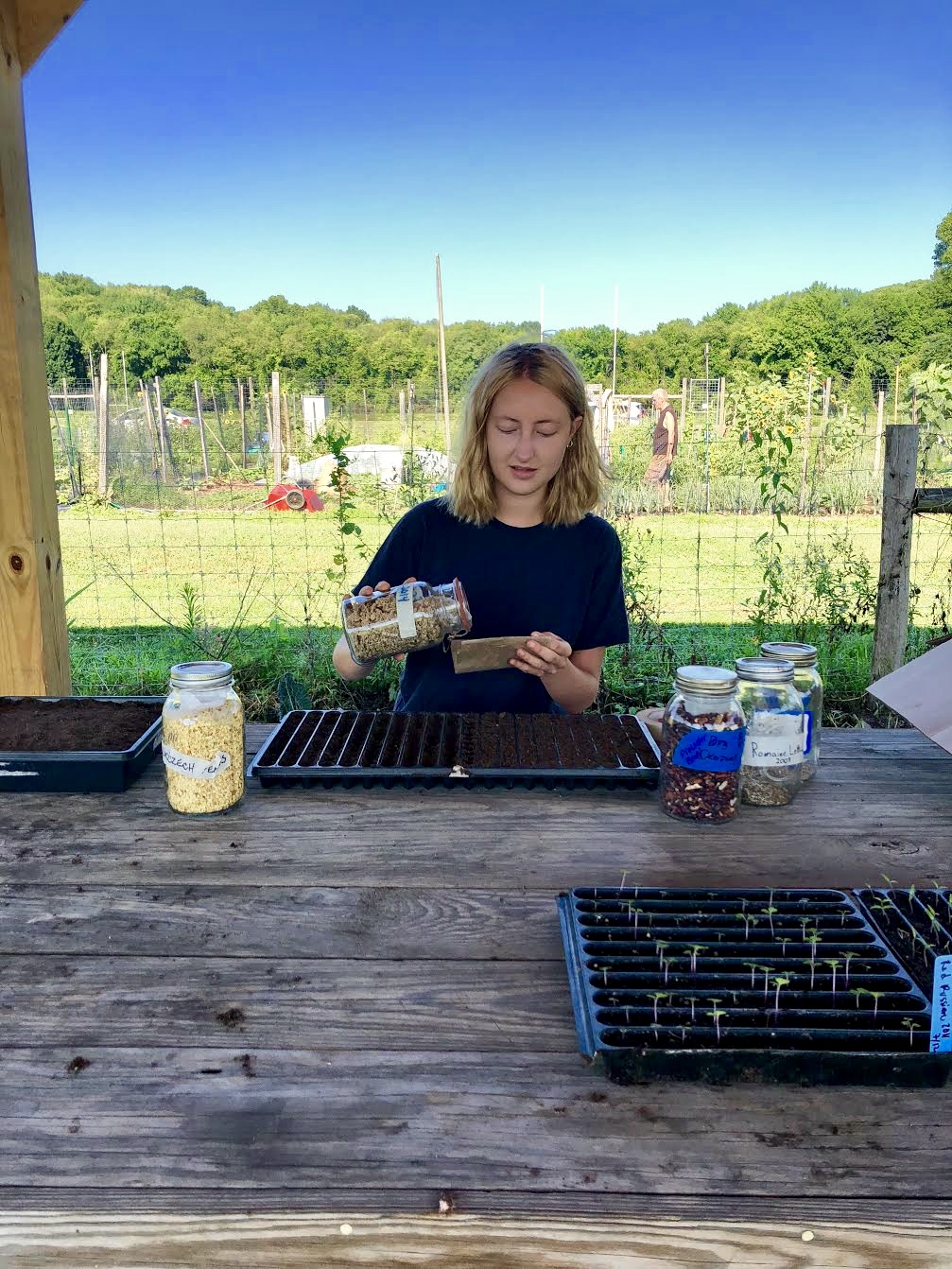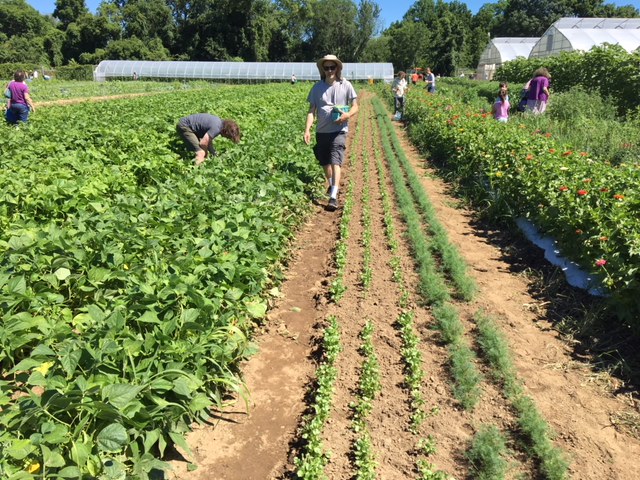Growers Row: Four Seasons Farming
By Lauren Kaplan
The tractor implements are stored for the season. The distribution tent is down. The fields are quiet, tucked away in cover crop. To a casual observer, it may look like a whole lot of nothing-much happening.
But inside the high tunnels, it’s another world. Look closer, and you’ll find a lush green world, bursting with kale and chard, spinach and salad greens, chicories and tatsoi and bok choy (oh my!). These heated tunnels, which we’ve been planting and weeding and watering, opening and closing (and mending) for the last three months, are now the heart of our winter activity -- and a welcome, semi-tropical respite from the frigid fields. Our greenhouse, which will be piled high with trays of seedlings and sprouts come spring, has been temporarily transformed into a winter wash station. And our coolers are well stocked with carrots, sweet potatoes and other root crops, cabbage, onions and winter squash.
We will spend the next few months buzzing back and forth between the tunnels, the coolers, and our wash station, harvesting and washing and sorting and packing out a beautiful assortment of produce for our Winter CSA.
We are really excited about our Winter CSA (a more traditional-style CSA) and the opportunity it affords to slow down a little with our members -- to talk with people, share recipes, and spotlight unique and different crops. As farmers, we’re also deeply grateful to have winter work. It keeps us learning, keeps us employed, and is one important part of the sustainability we strive to achieve here on the farm and across the organization.
For those of you who have signed up for the Winter CSA, we thank you for supporting us in this. We will see you for the SECOND distribution on Saturday December 15 -- and we hope you’ve made room in your refrigerator! Stay tuned for recipe ideas (including more for the ever-intimidating but vastly under-appreciated Black Spanish radish).
For everyone else, we wish you a warm and cozy, happy and healthy holiday season. Be safe, eat your greens, and we will look forward to seeing you in the spring!





